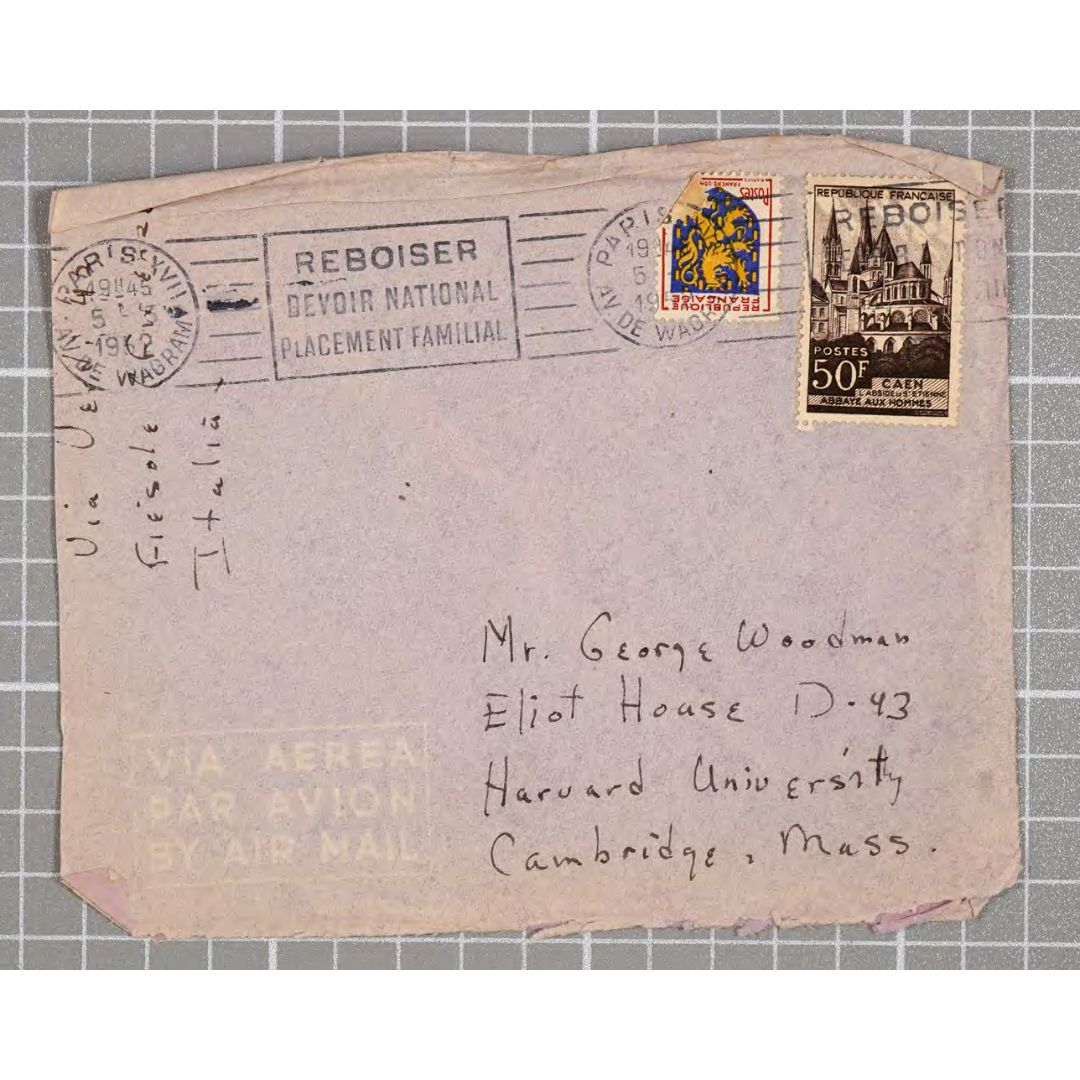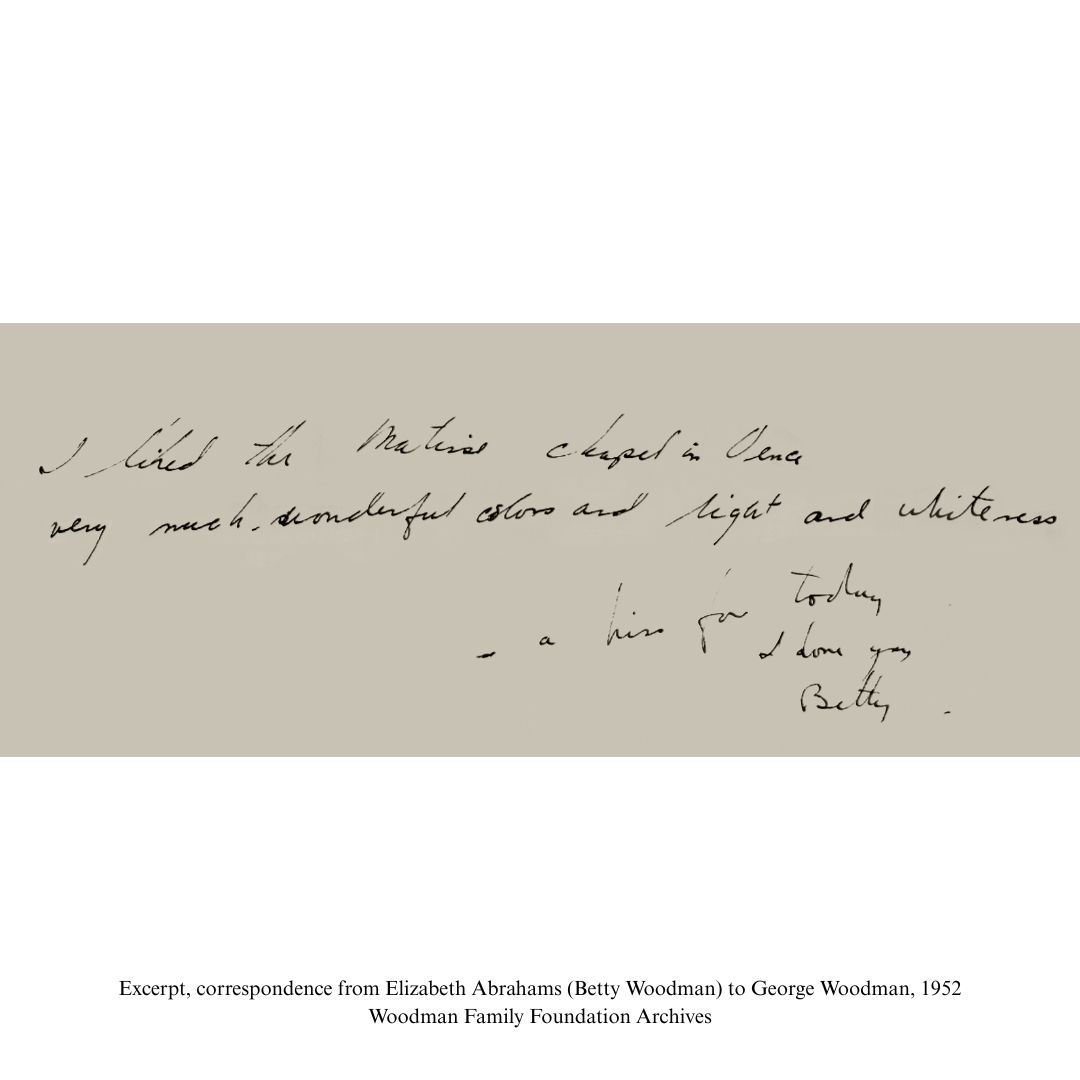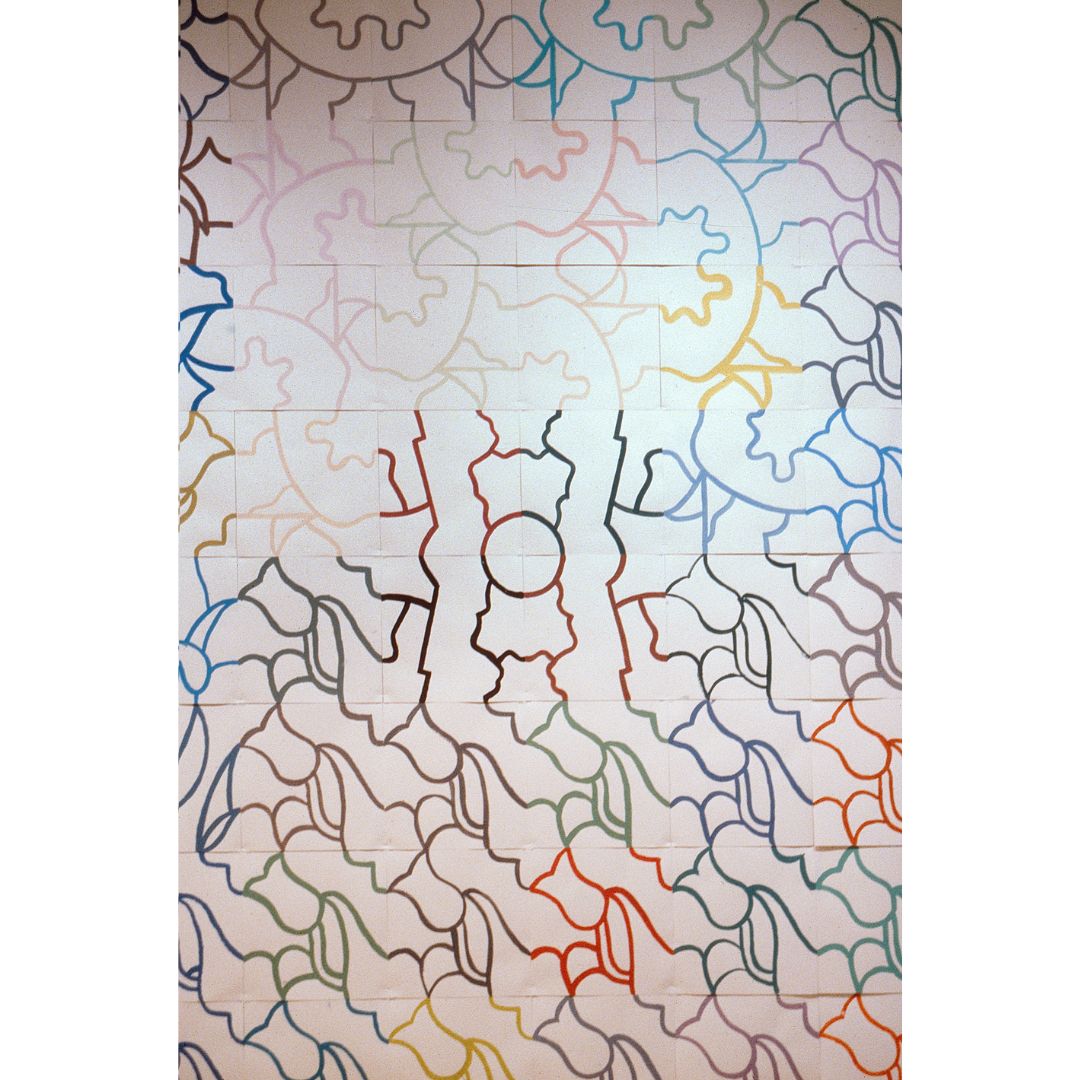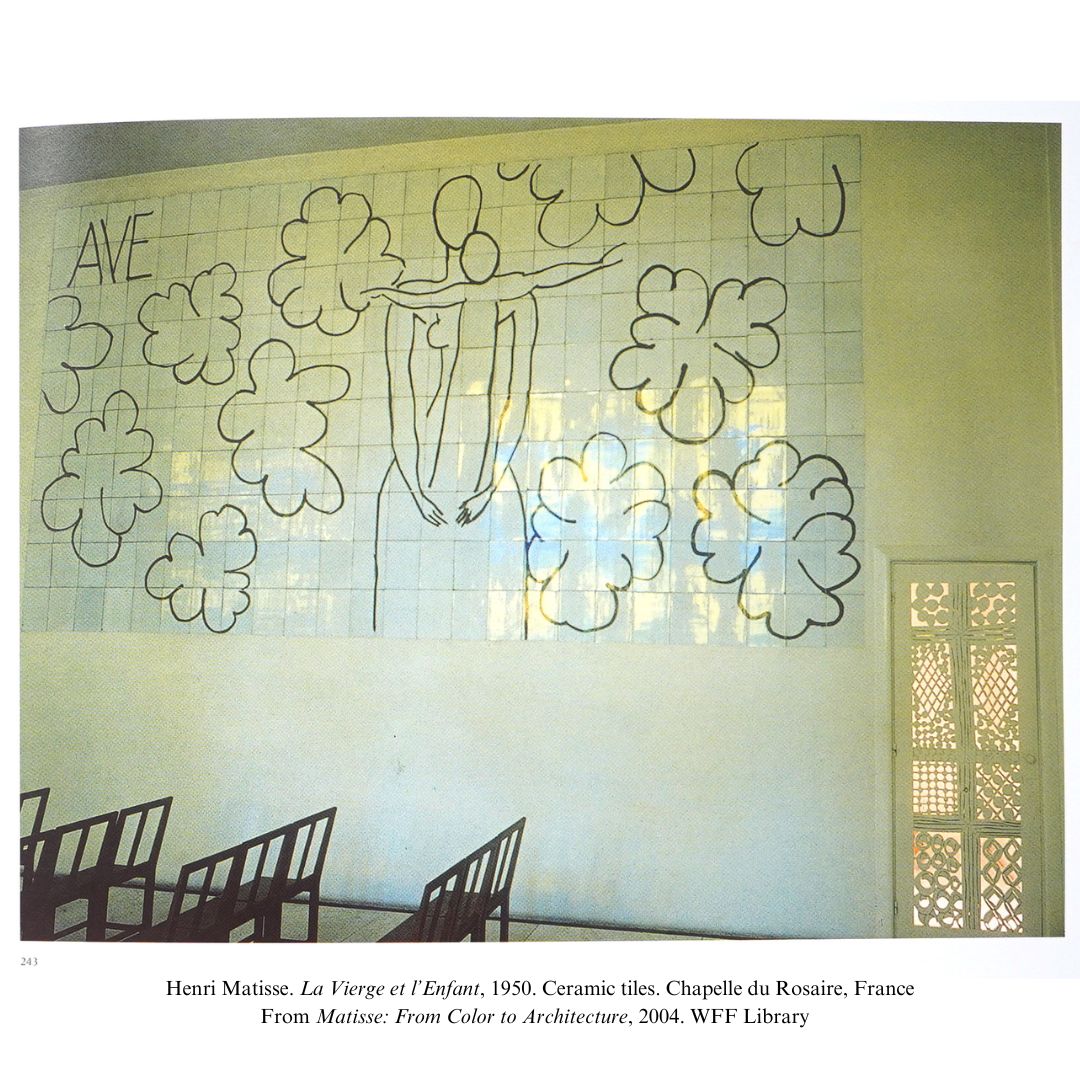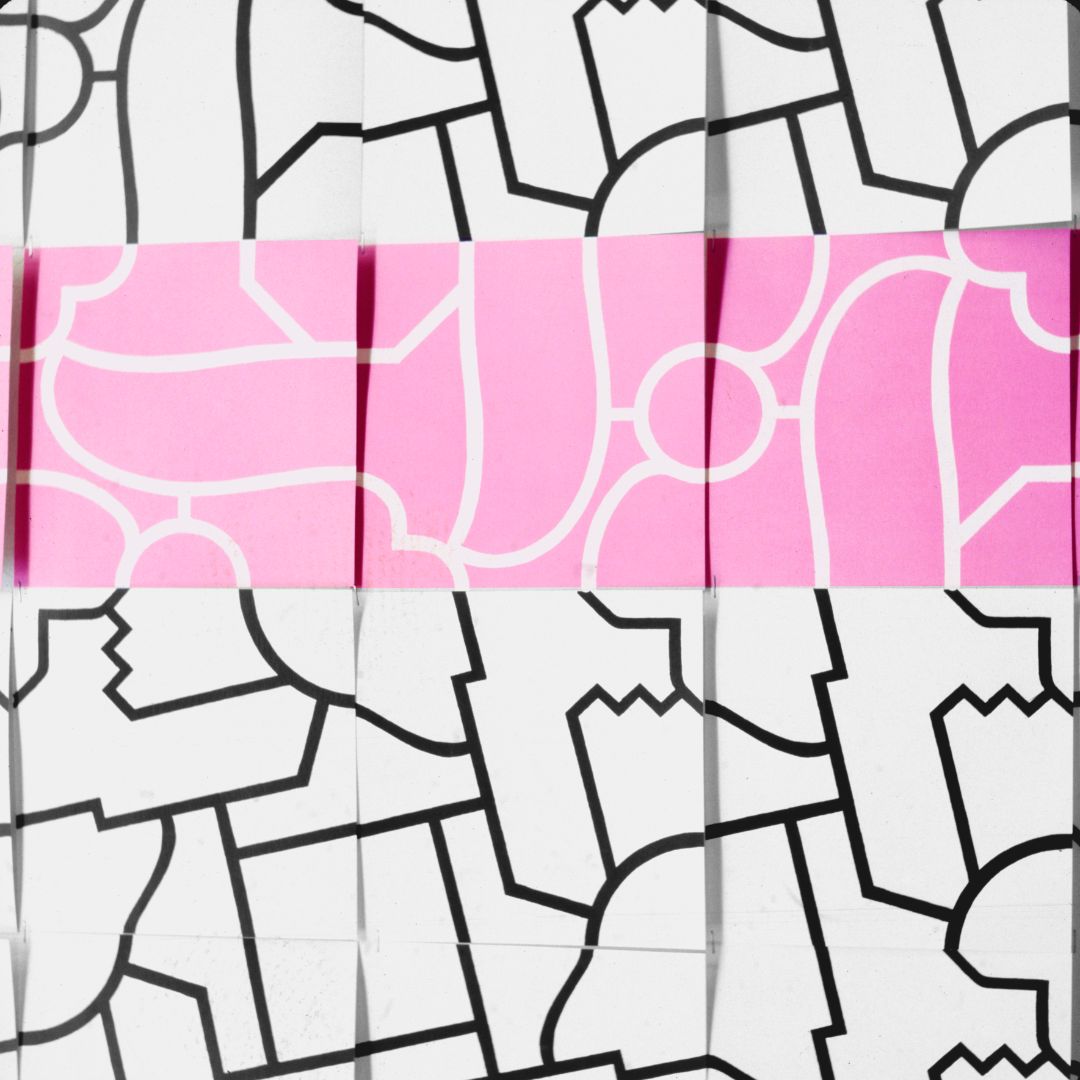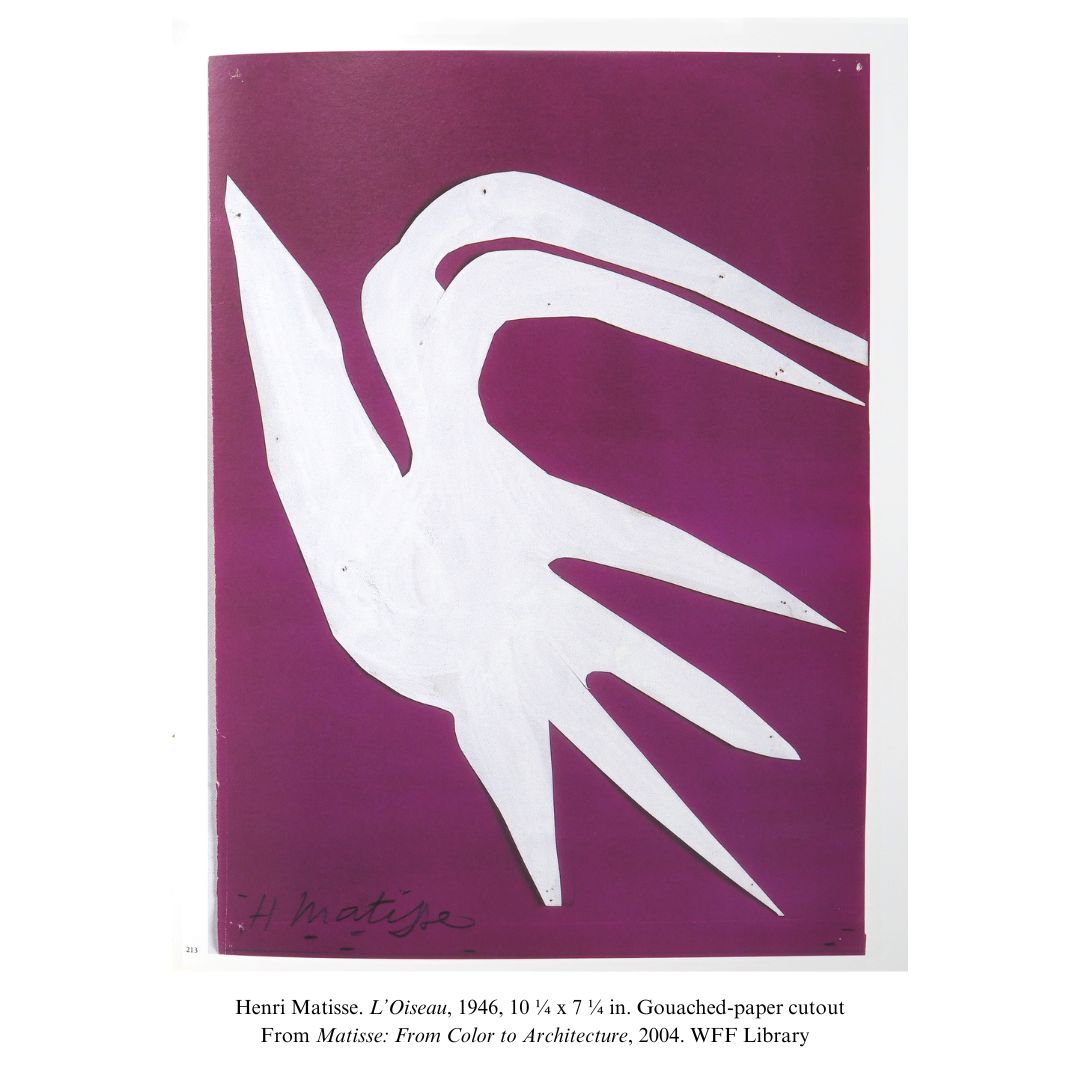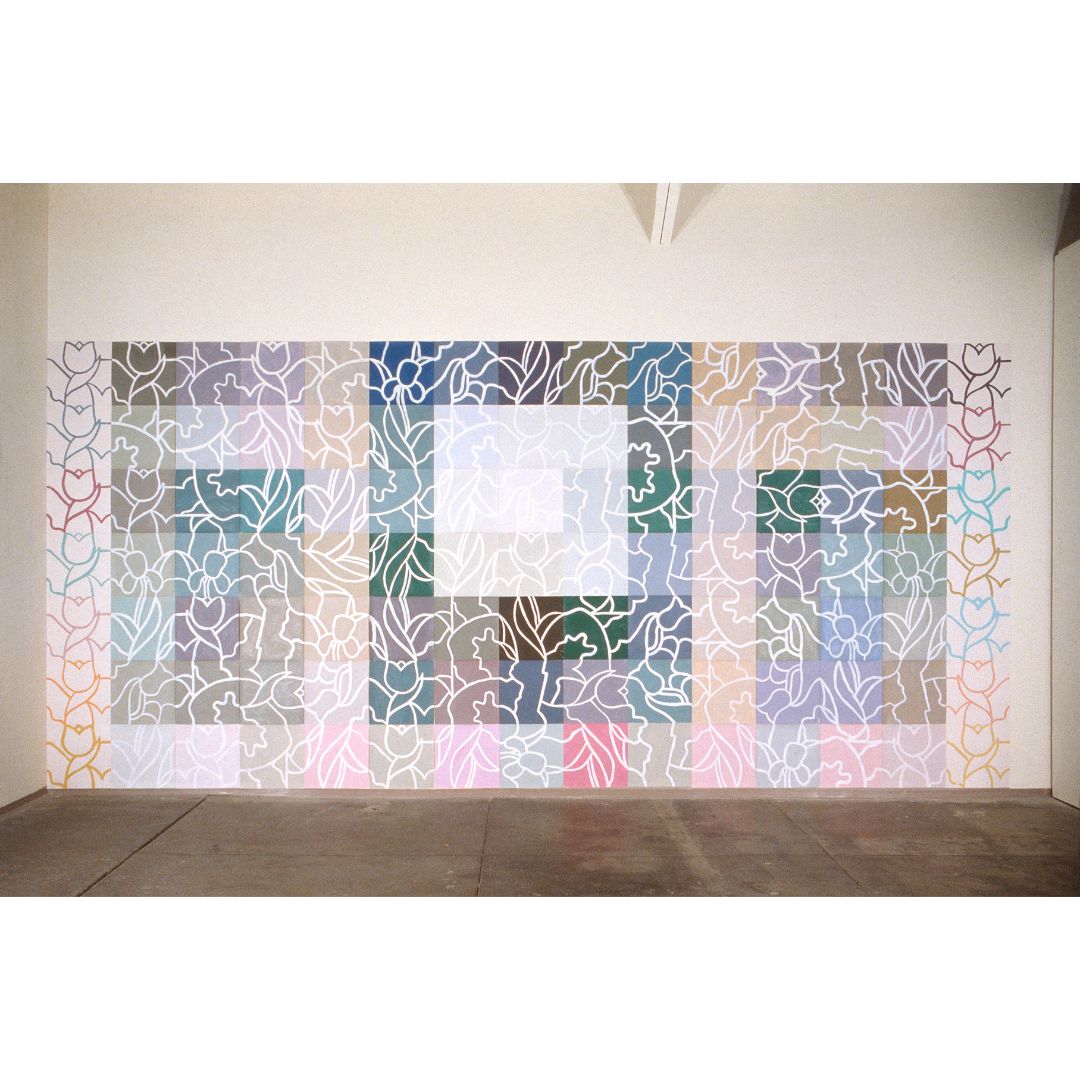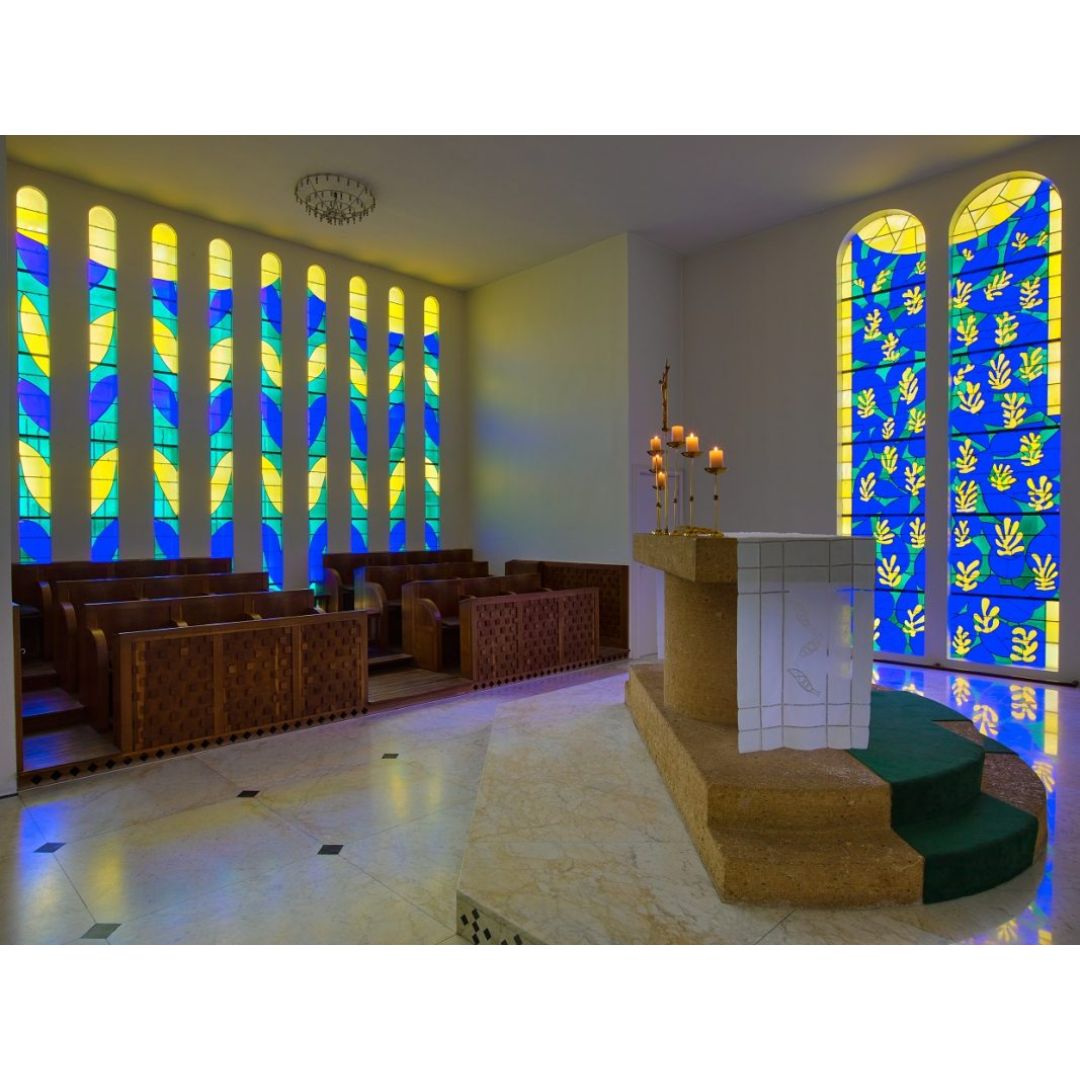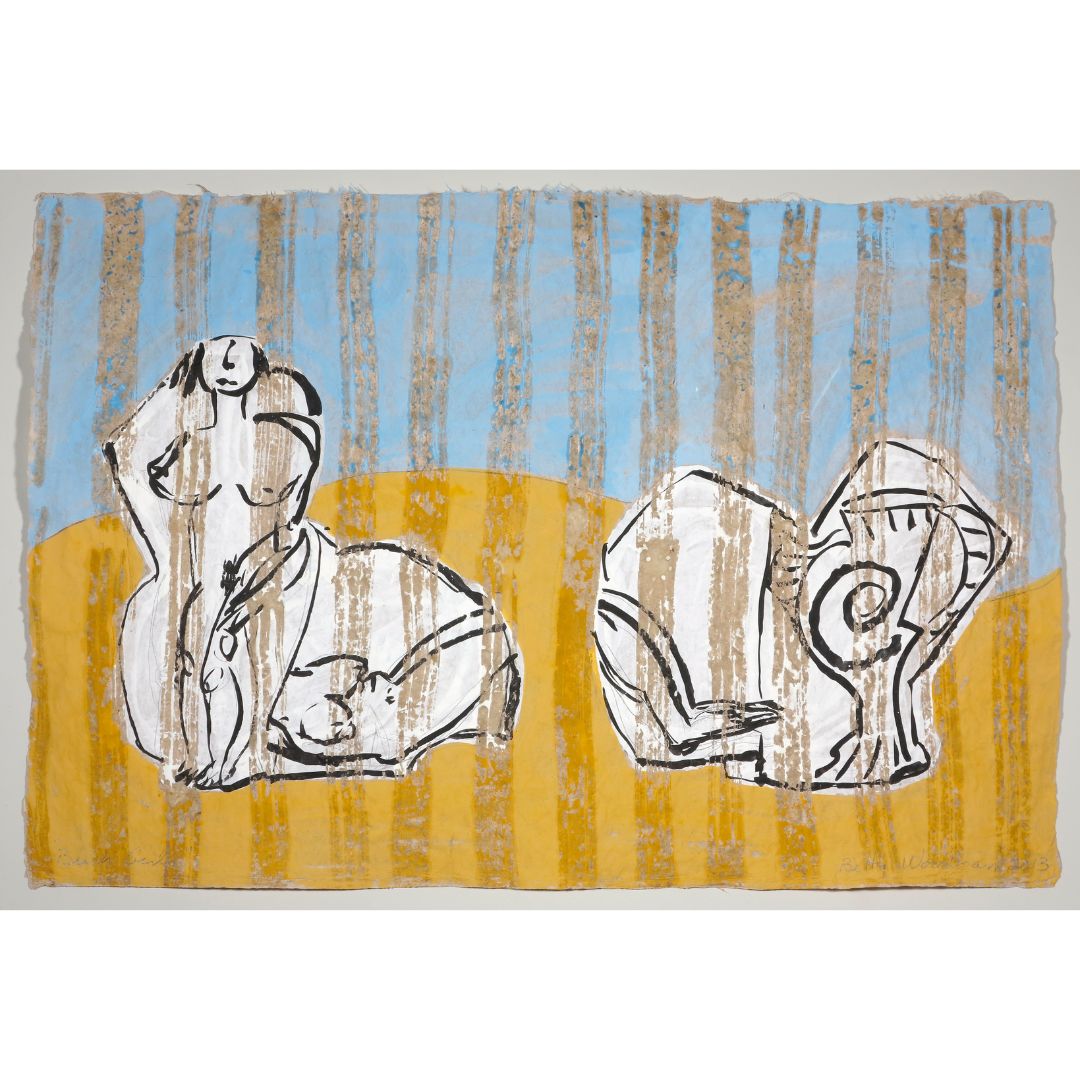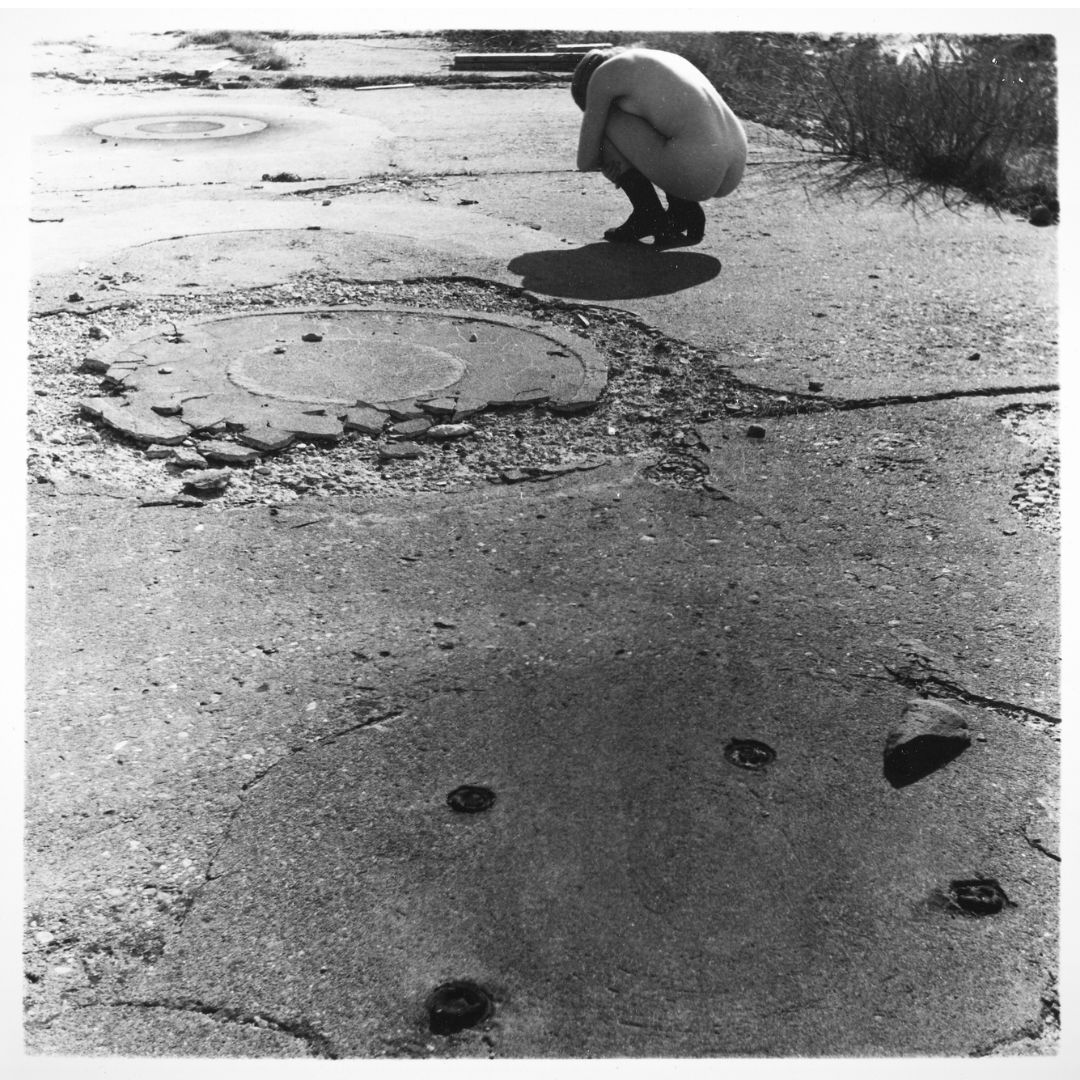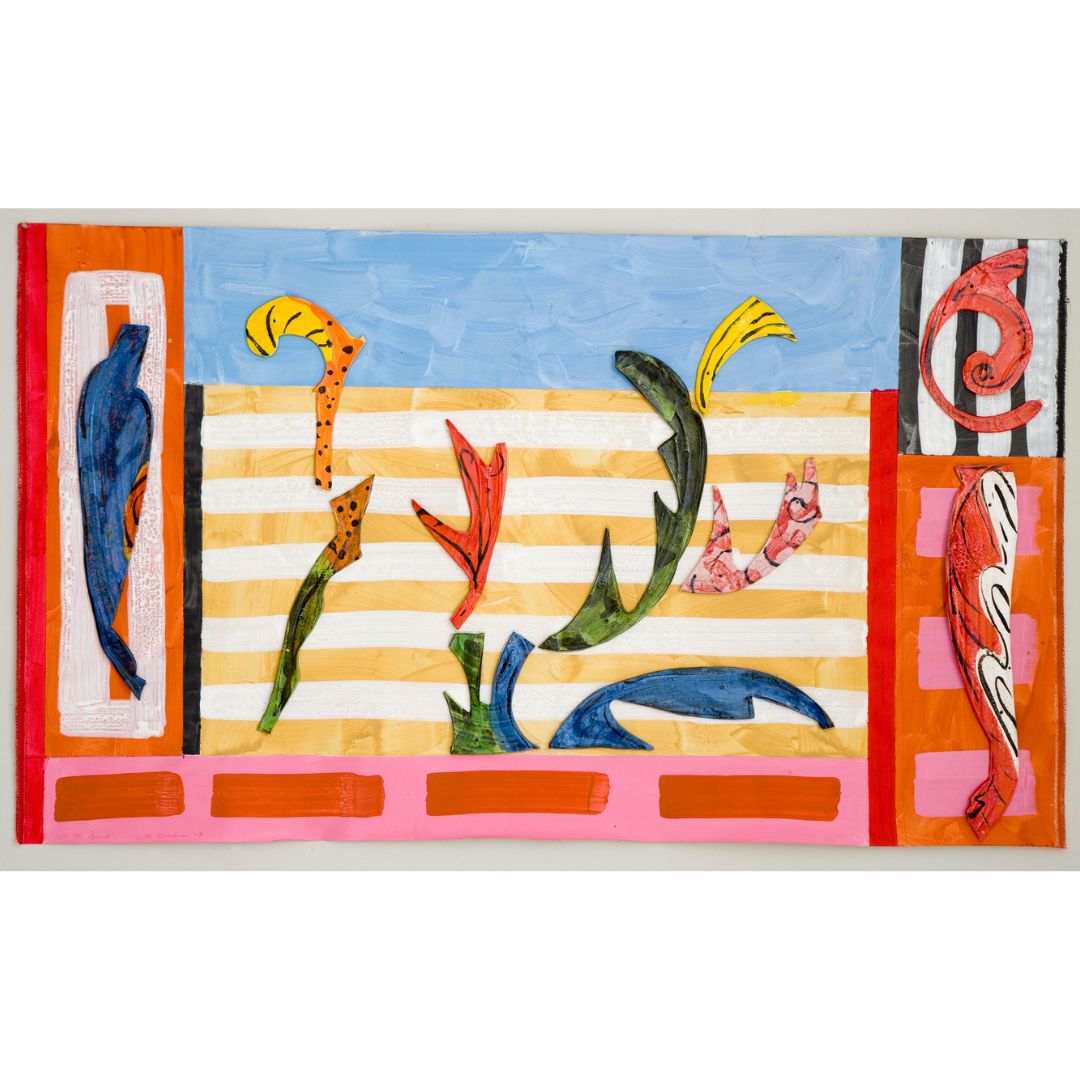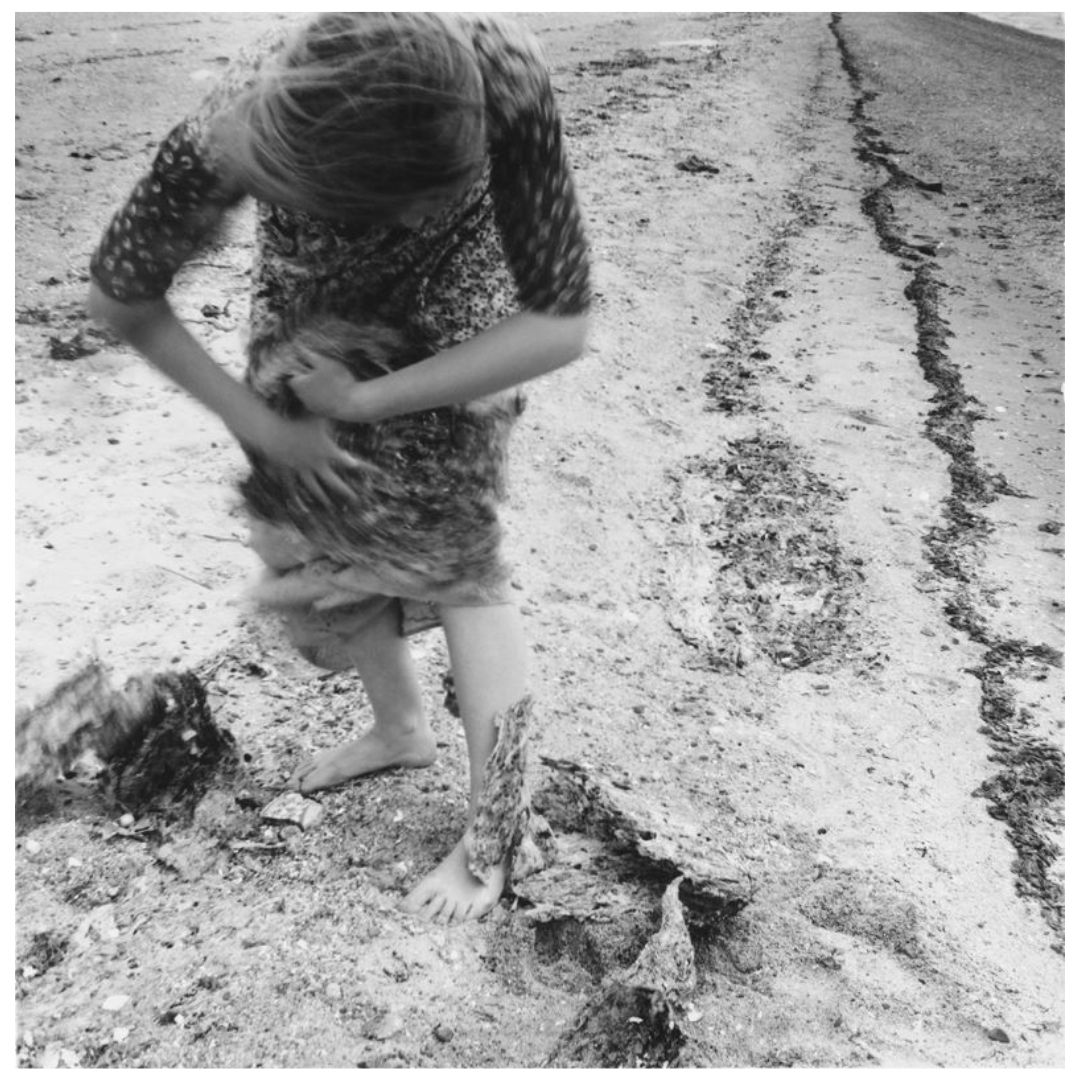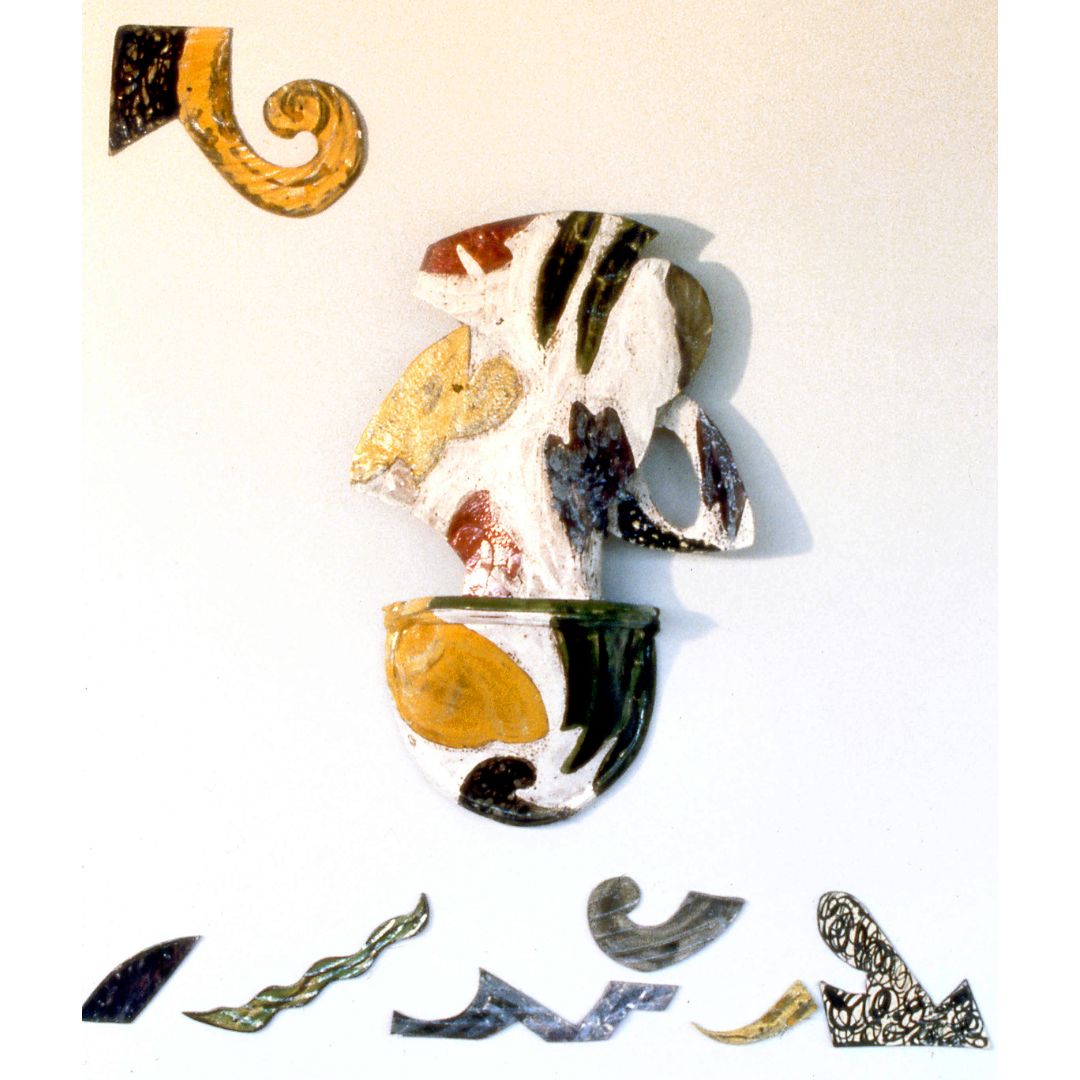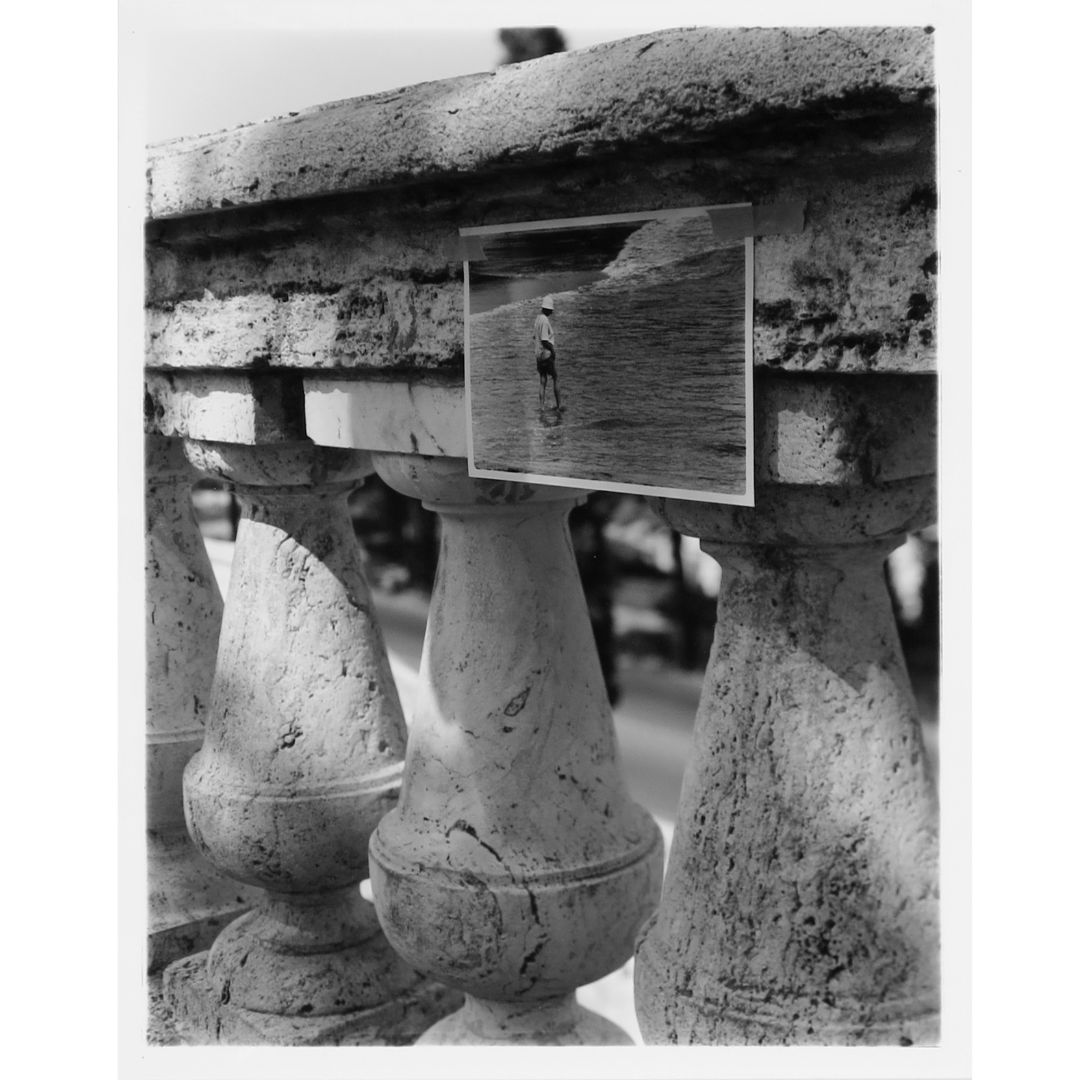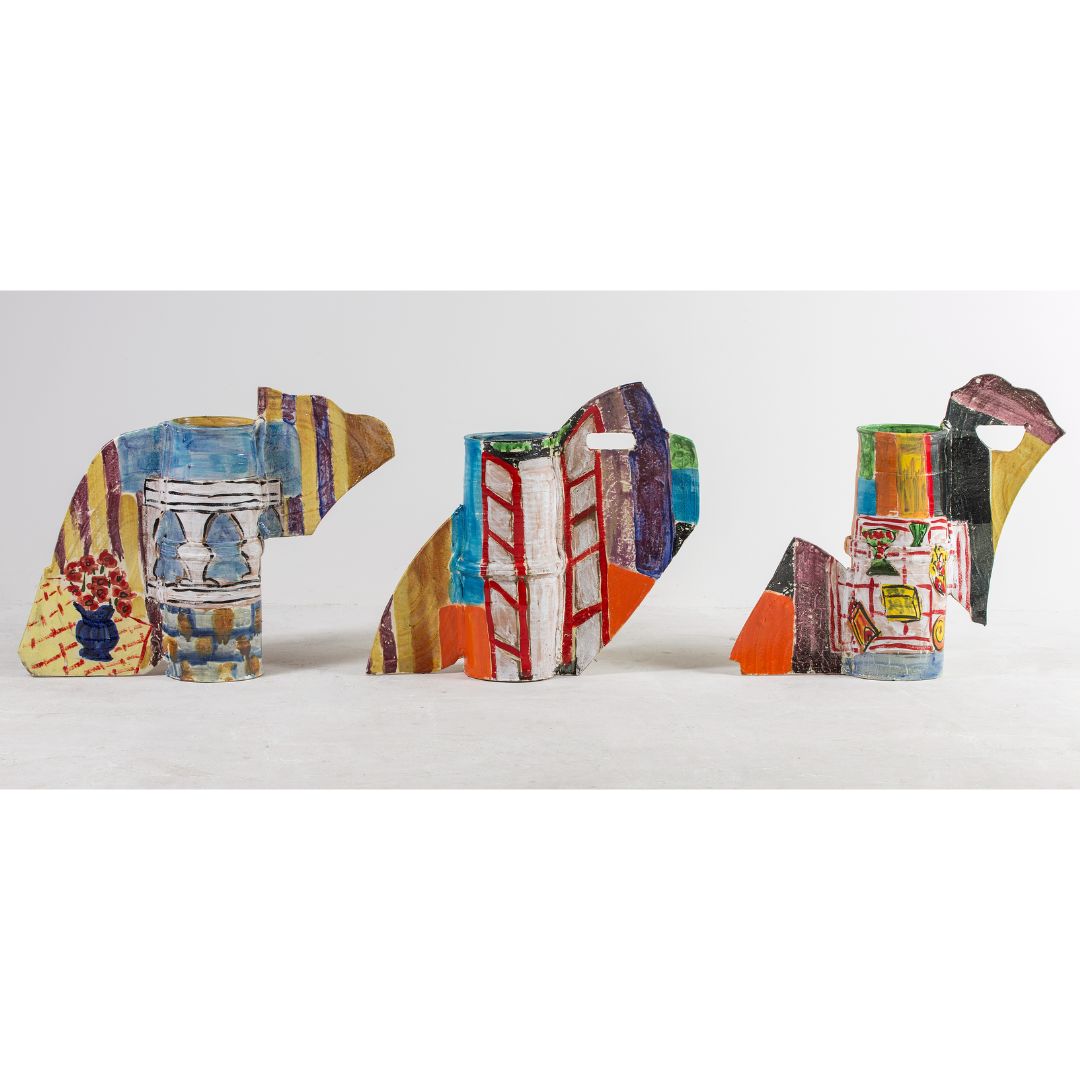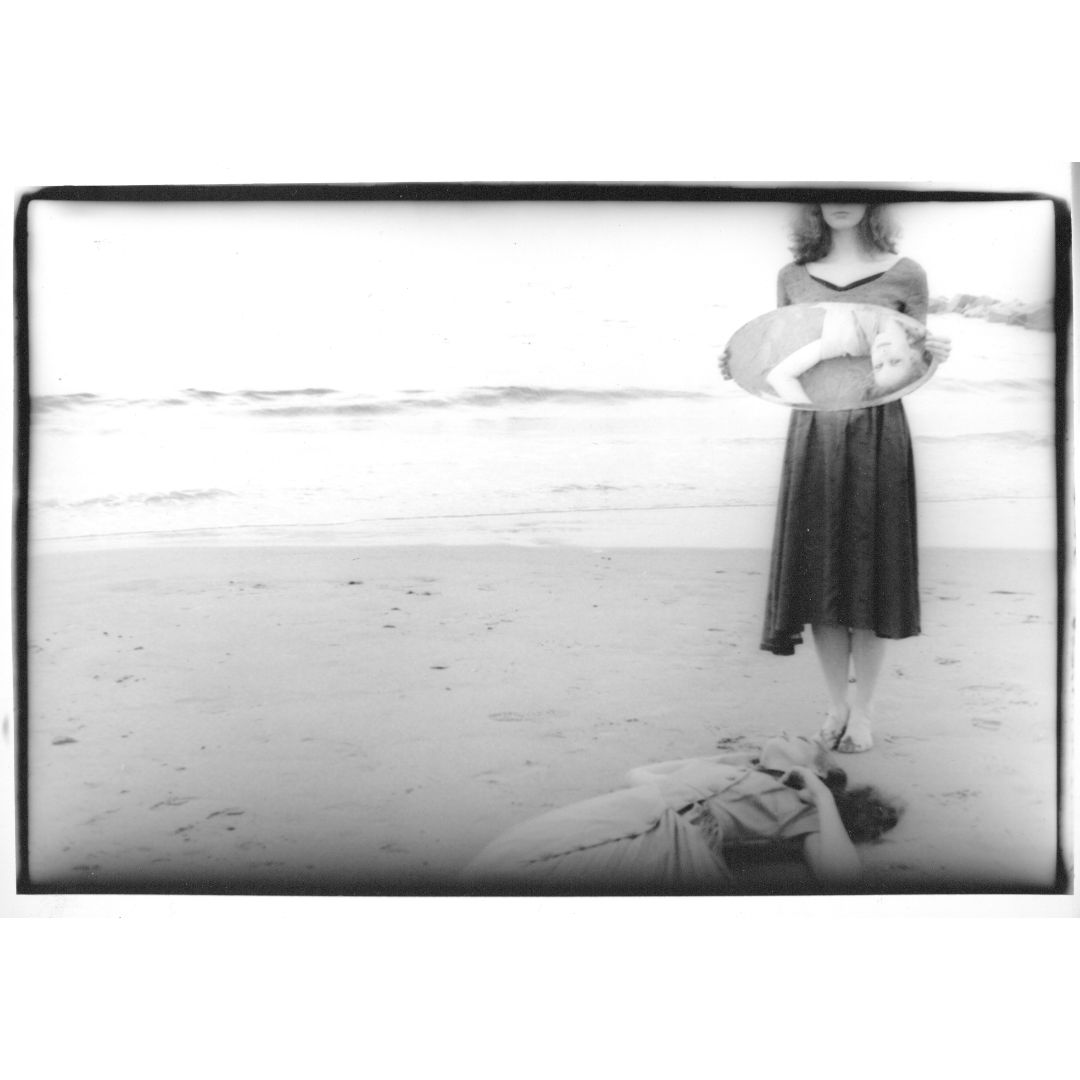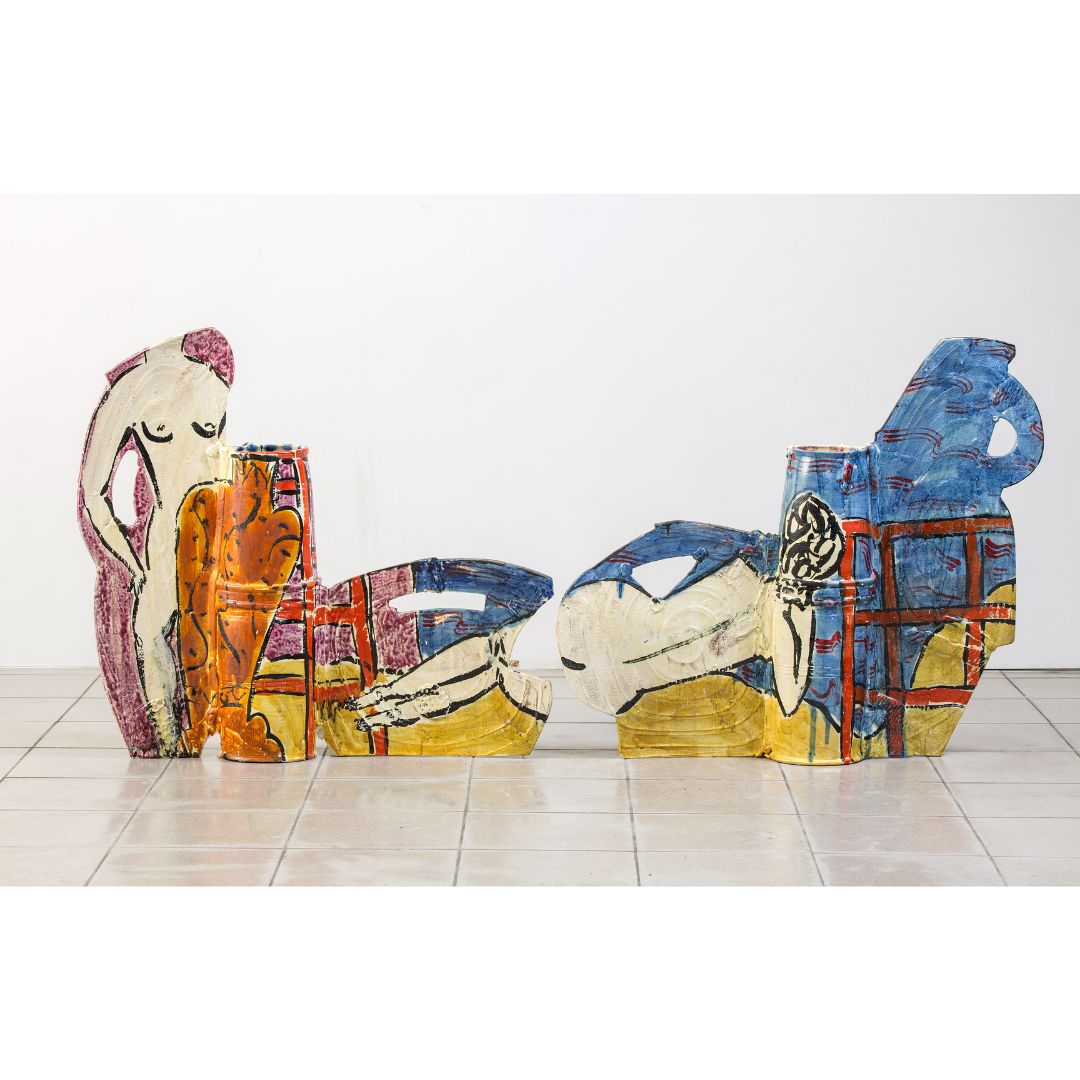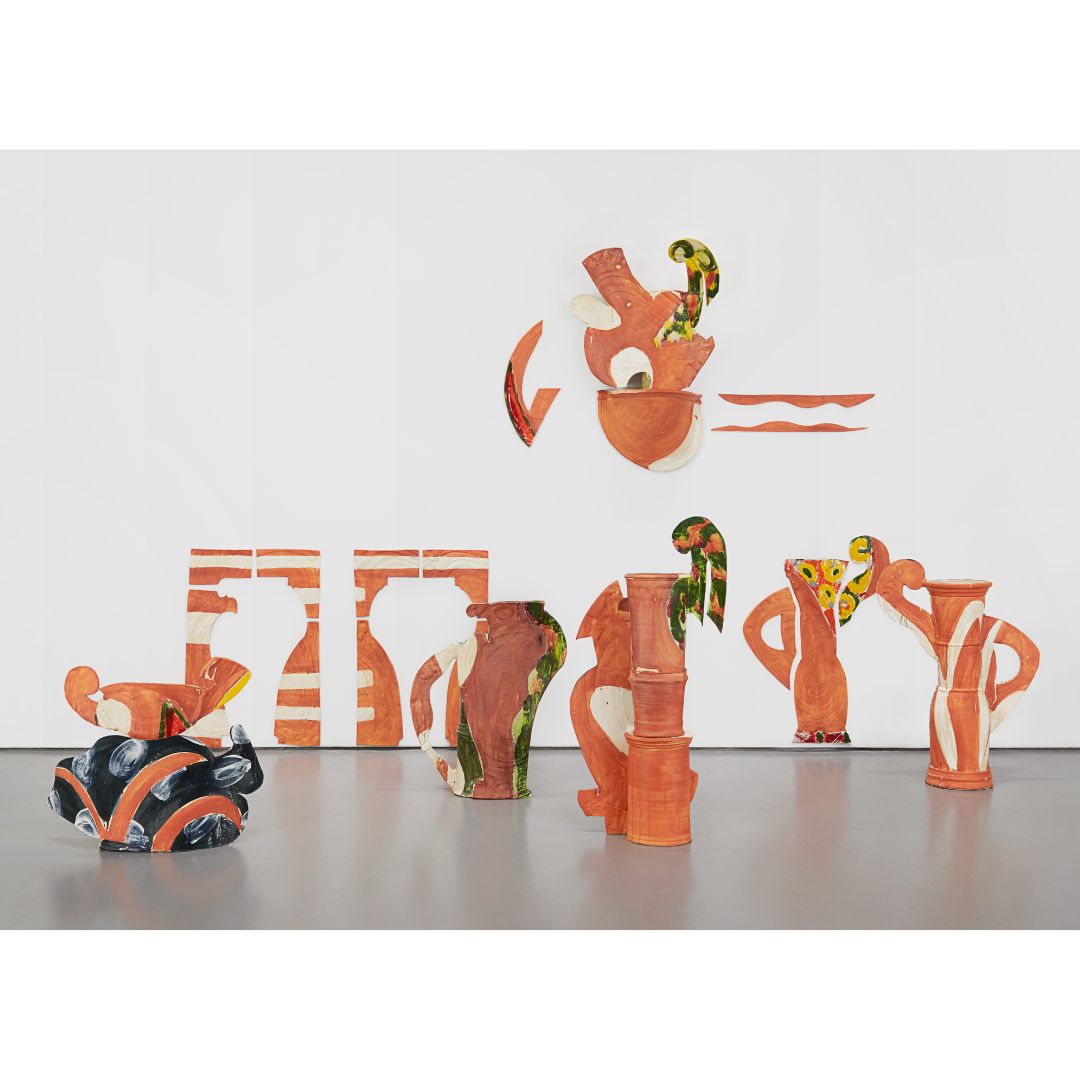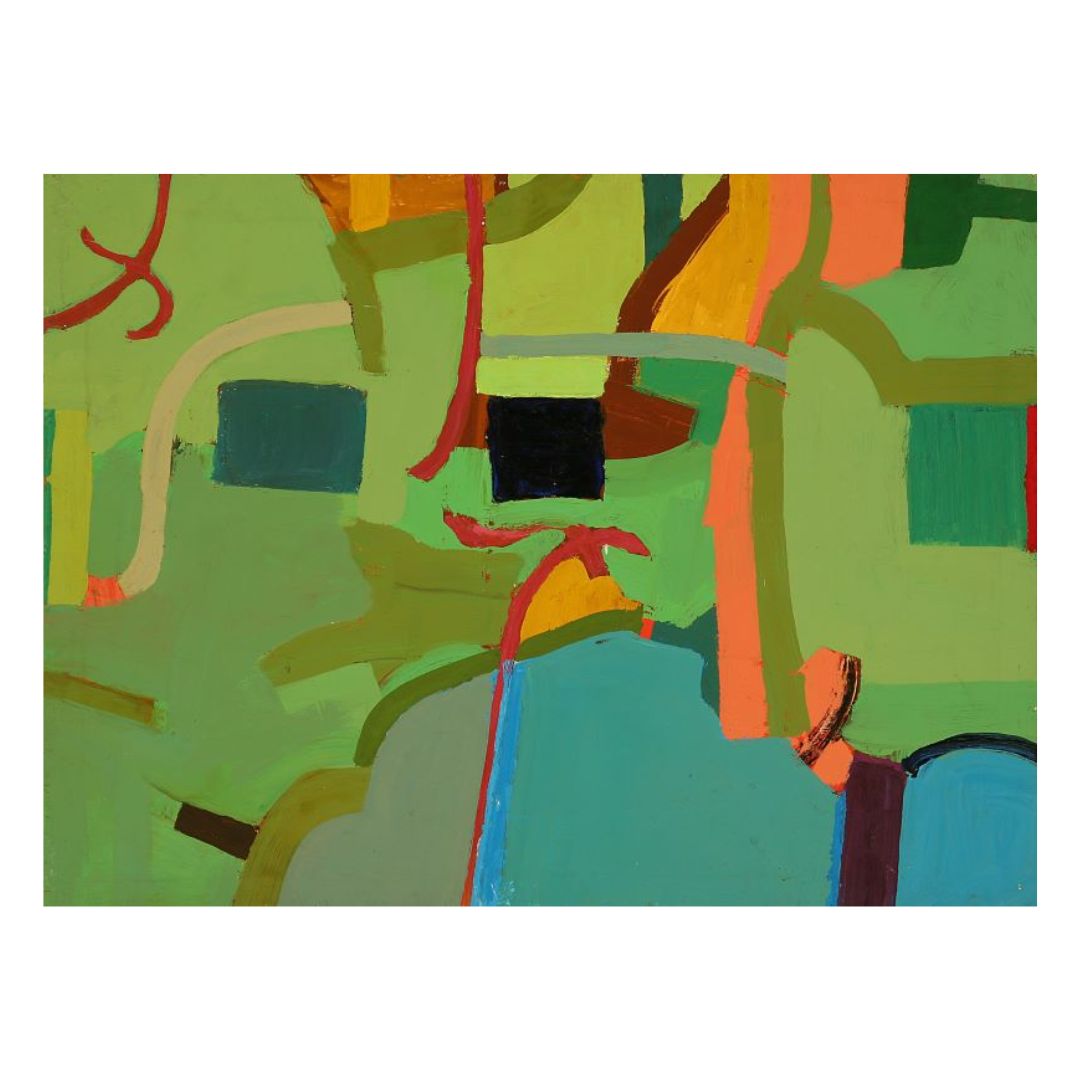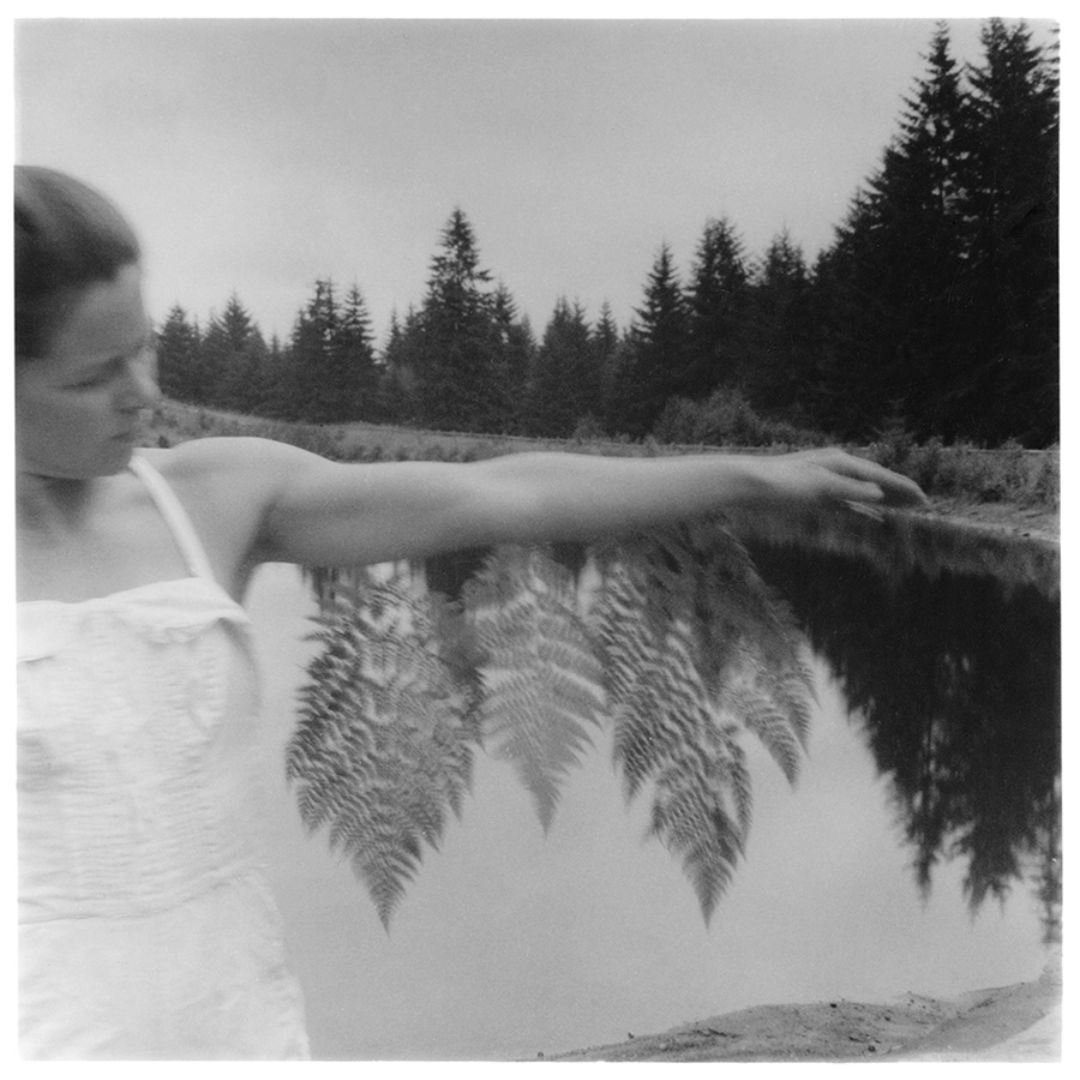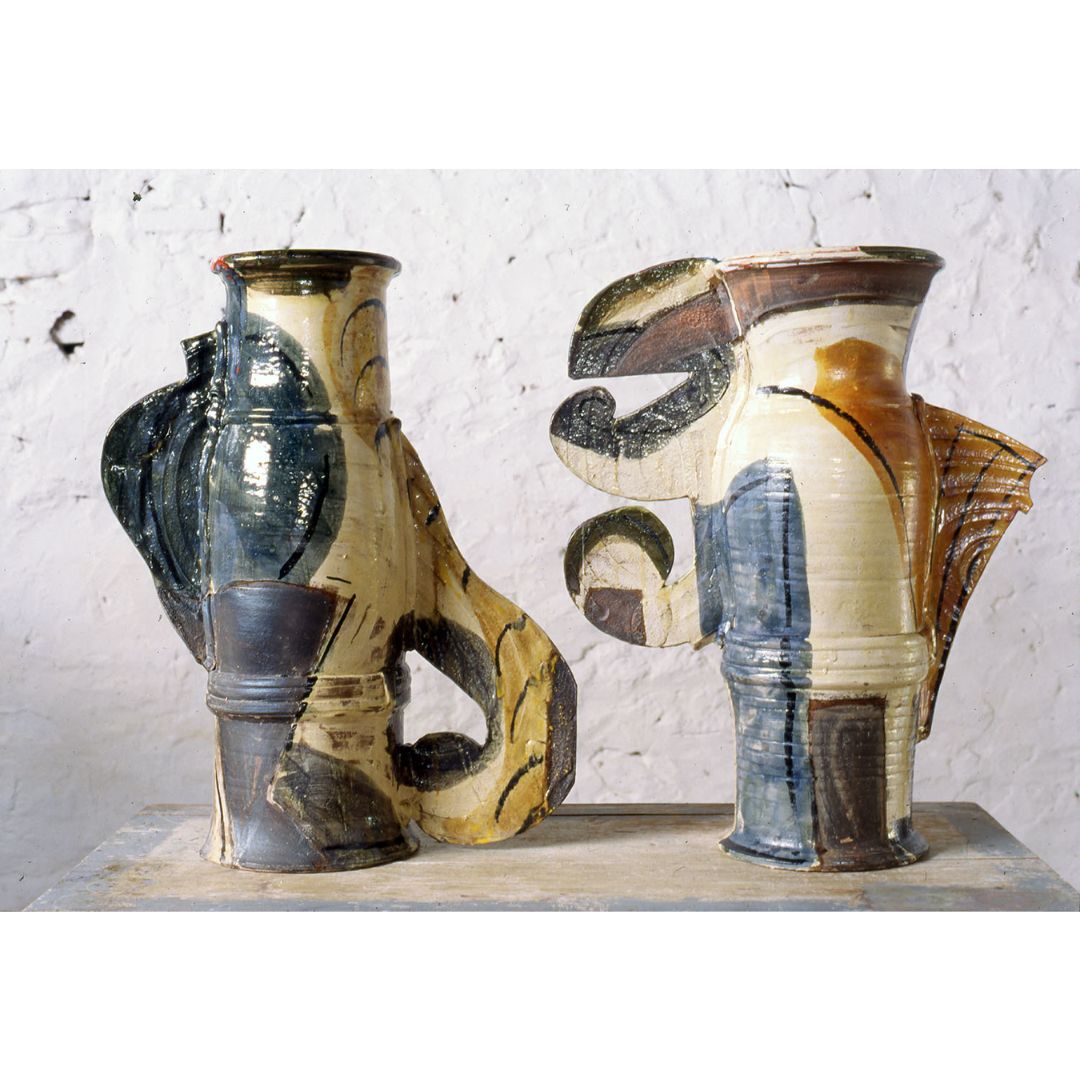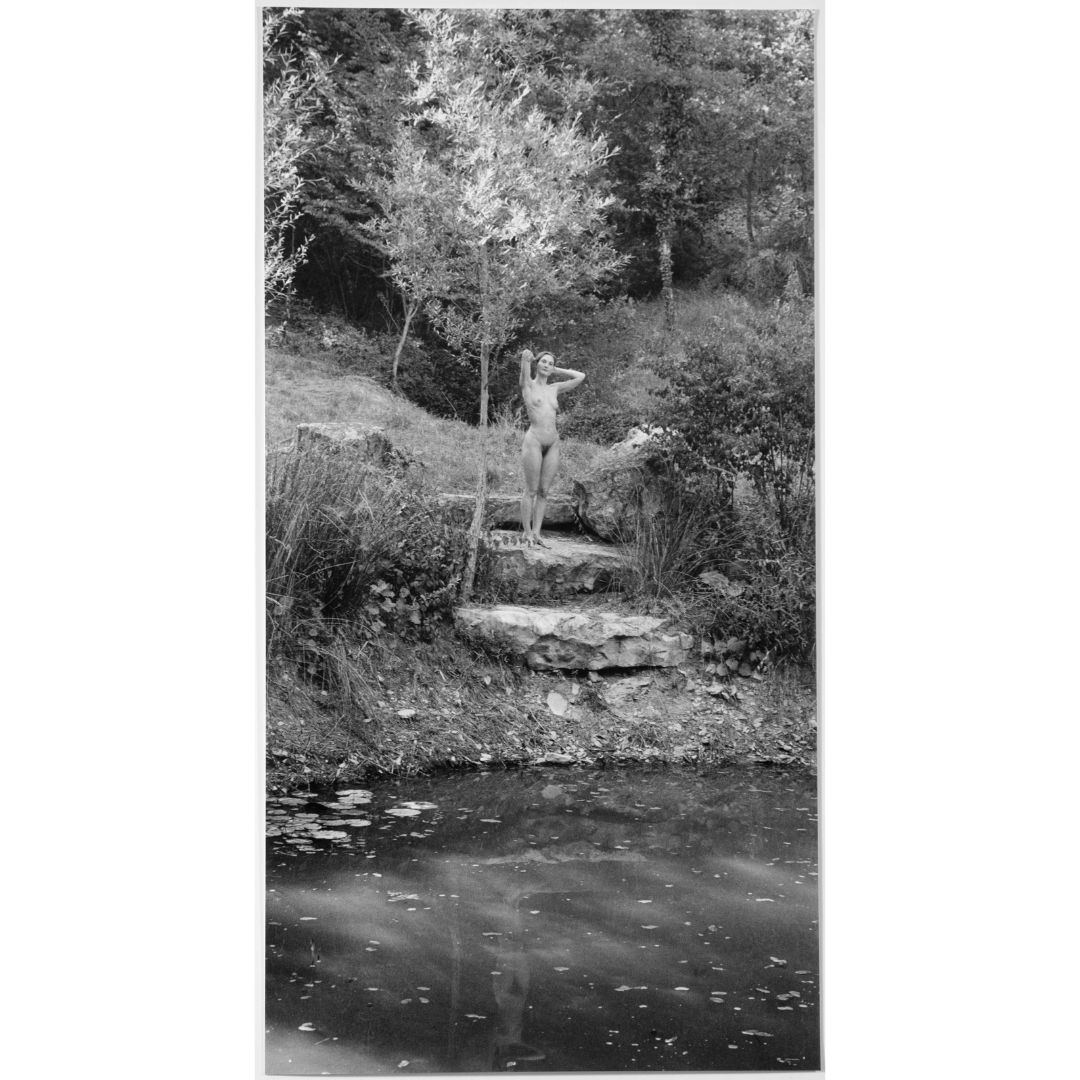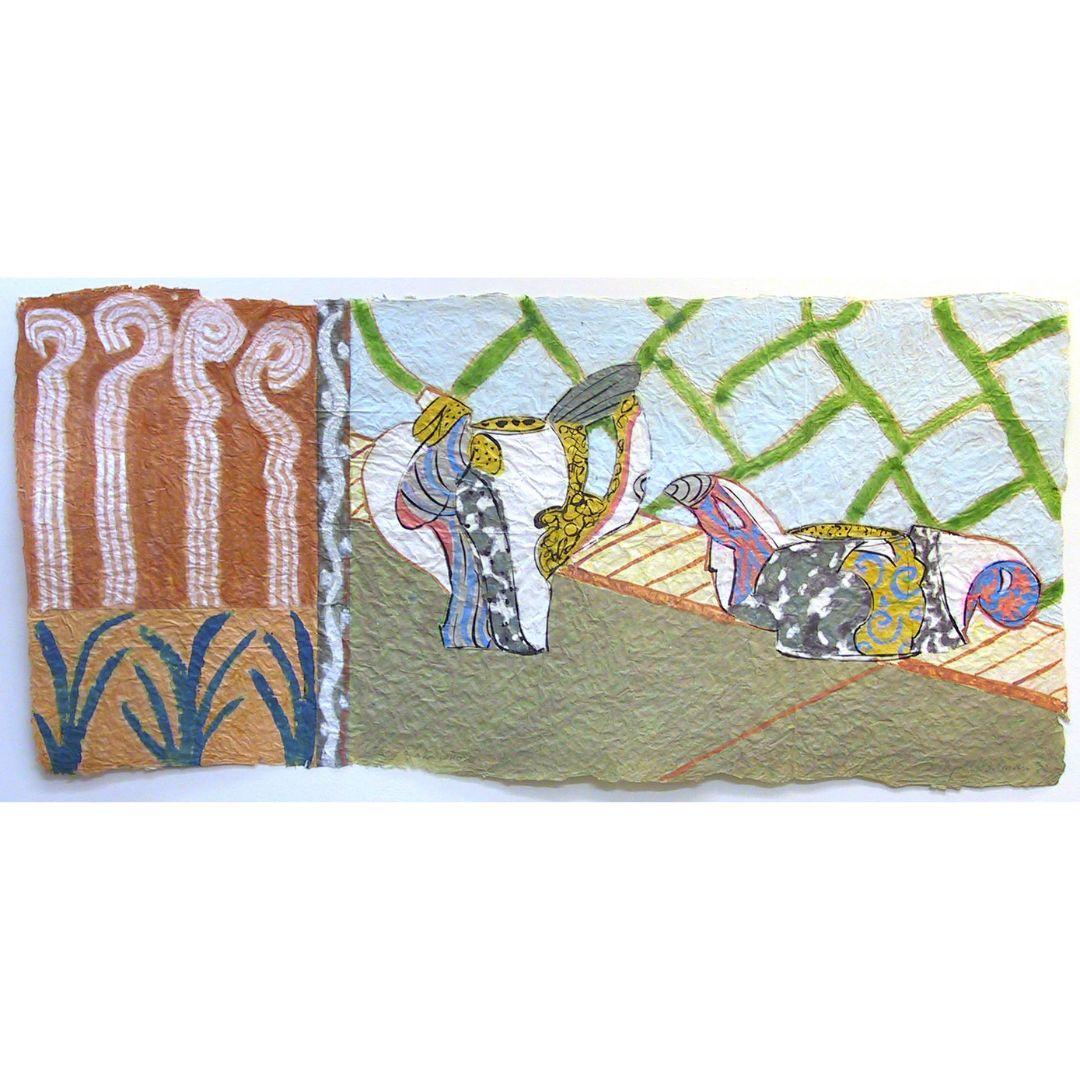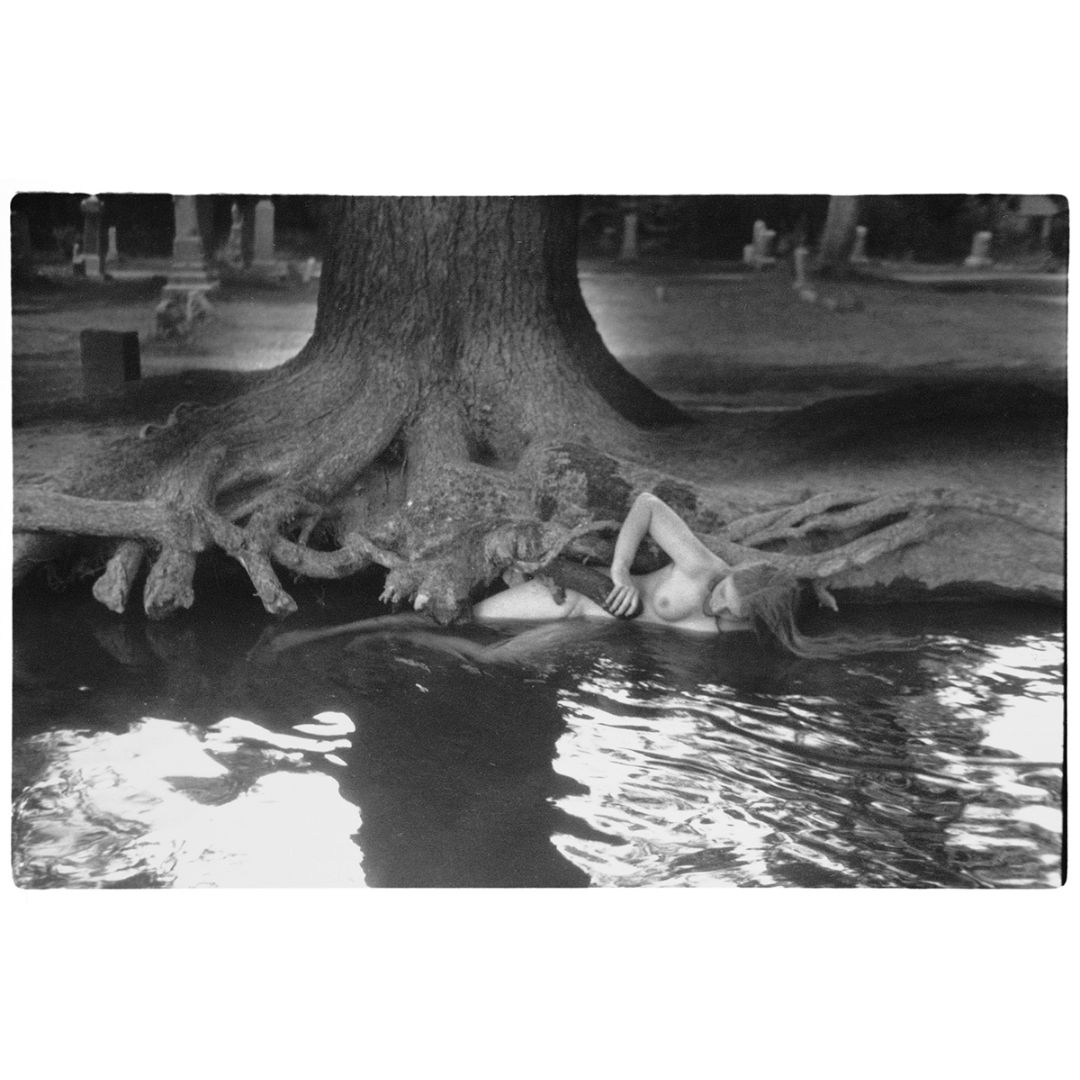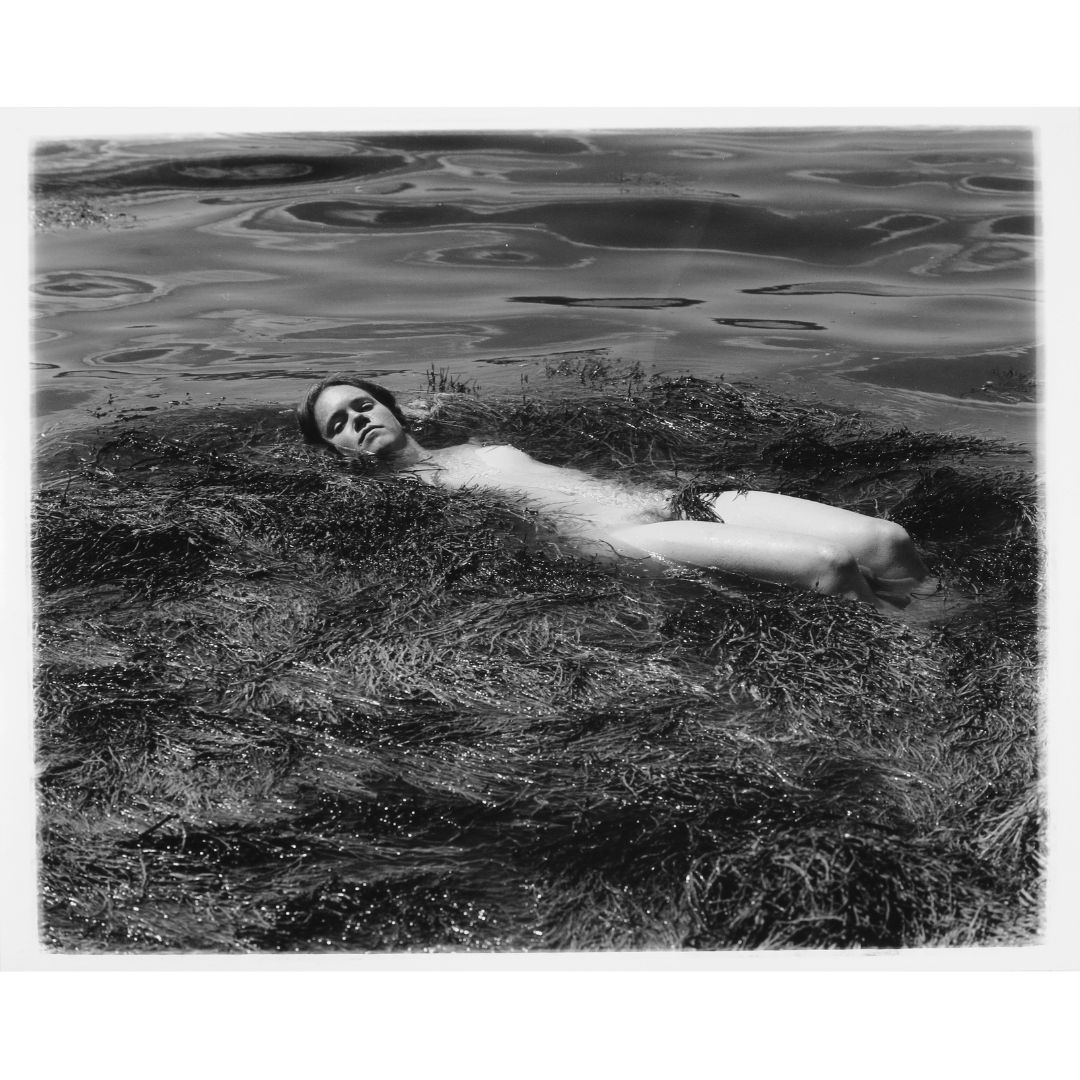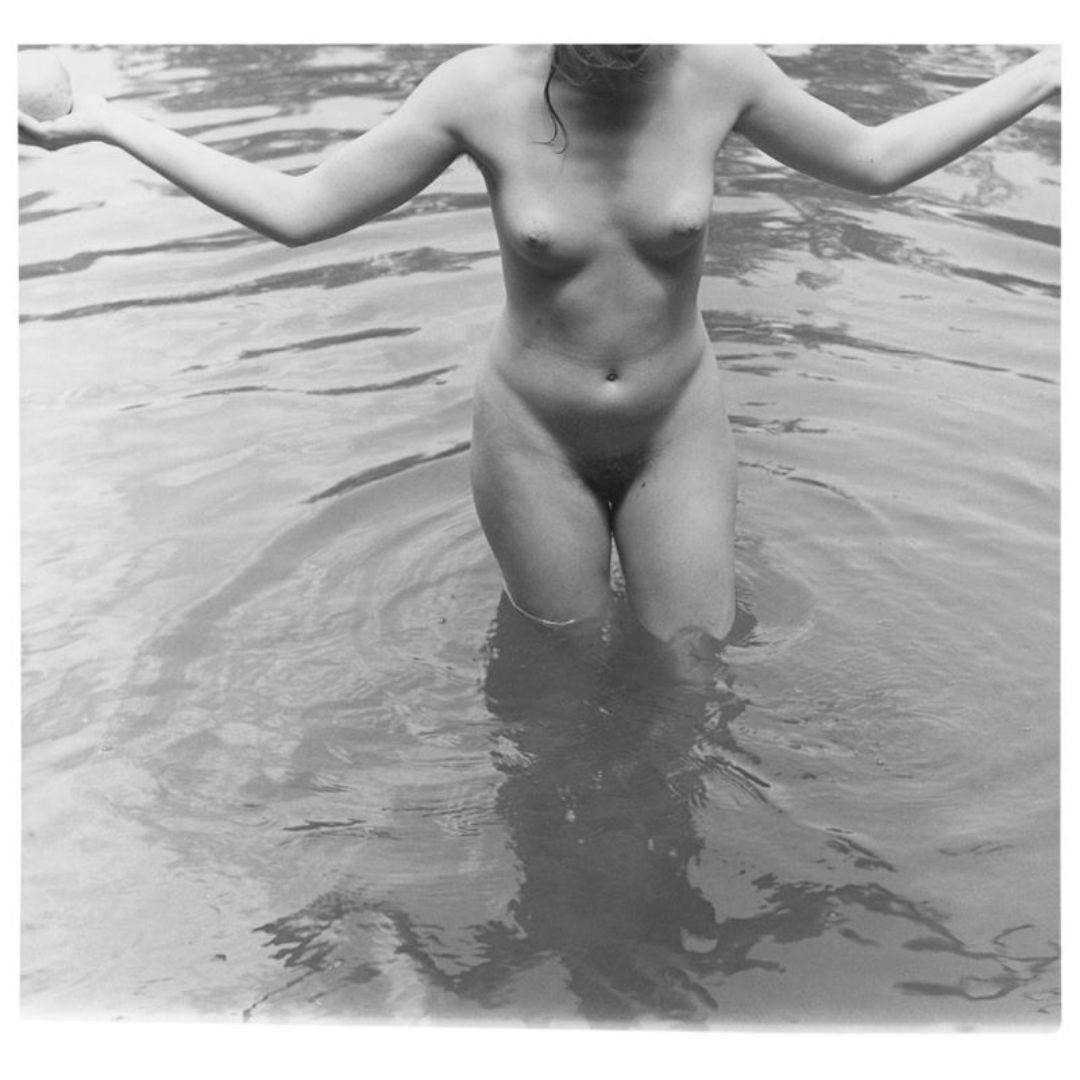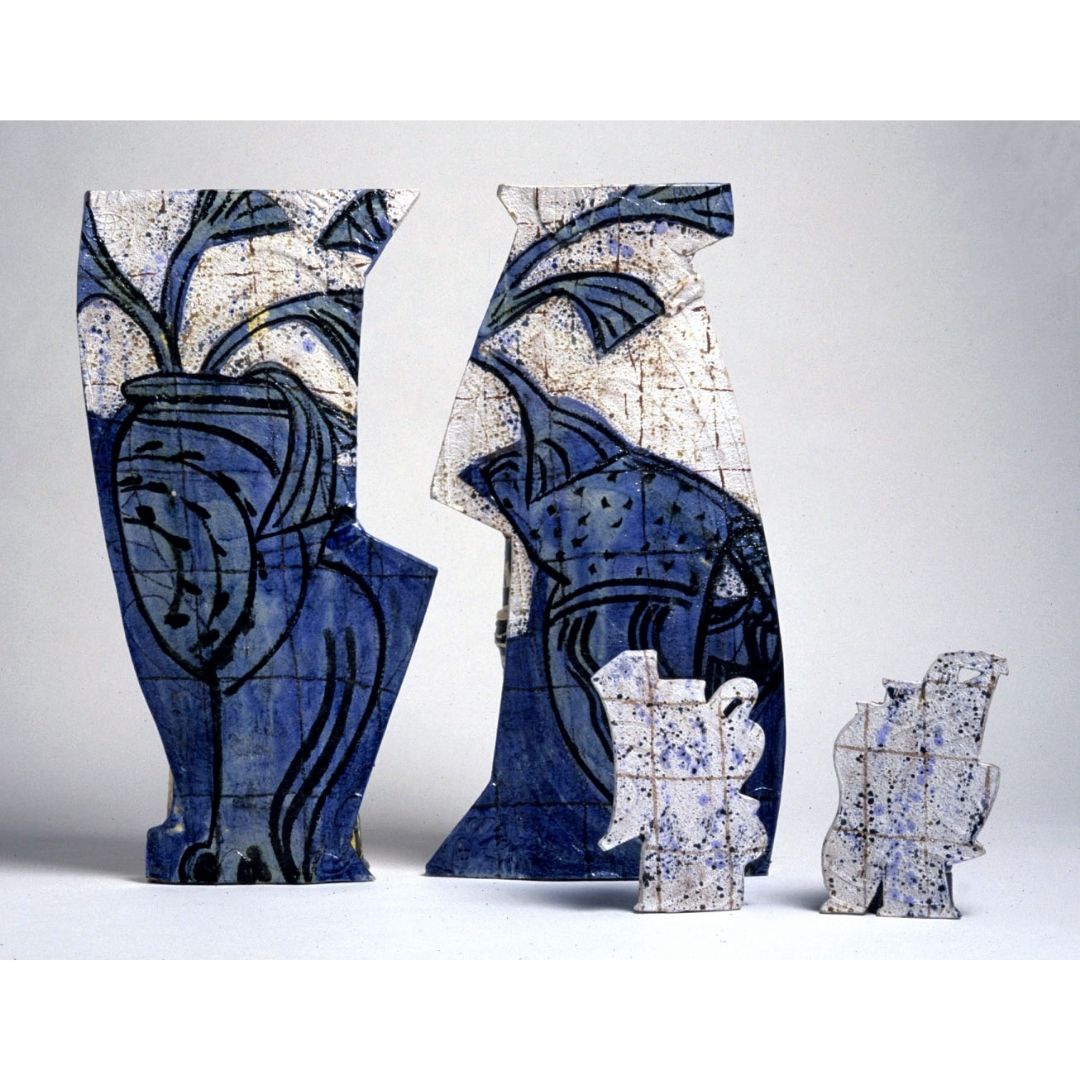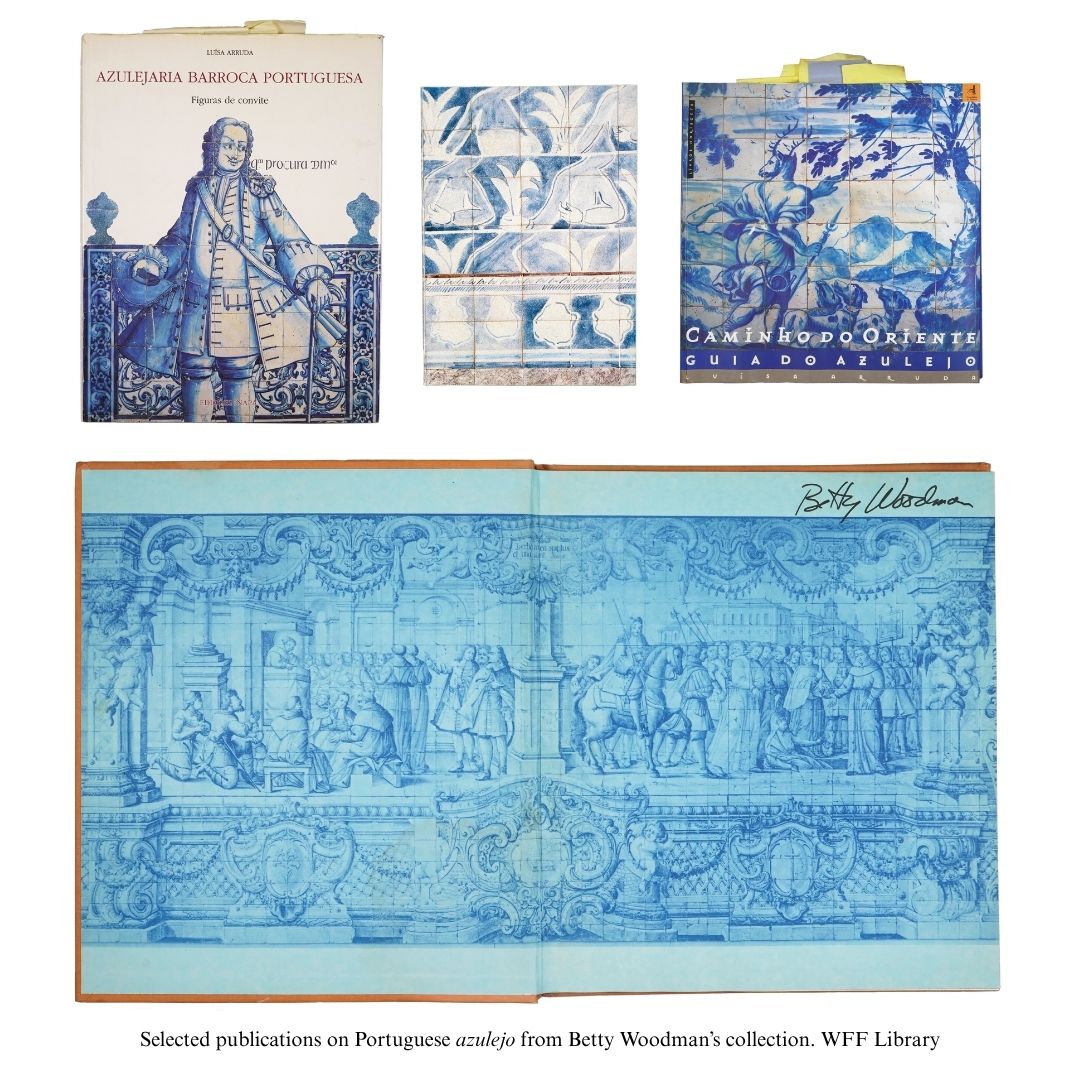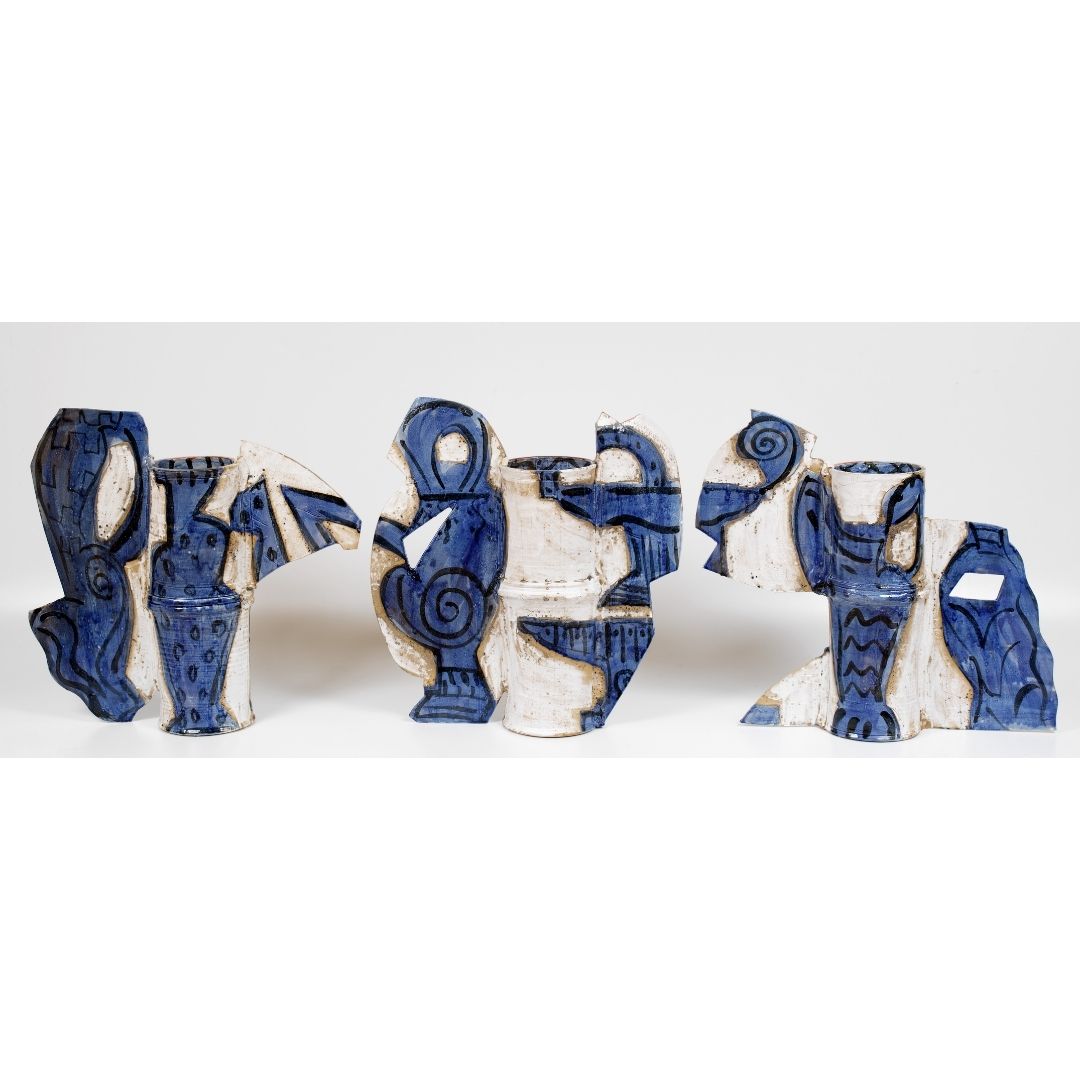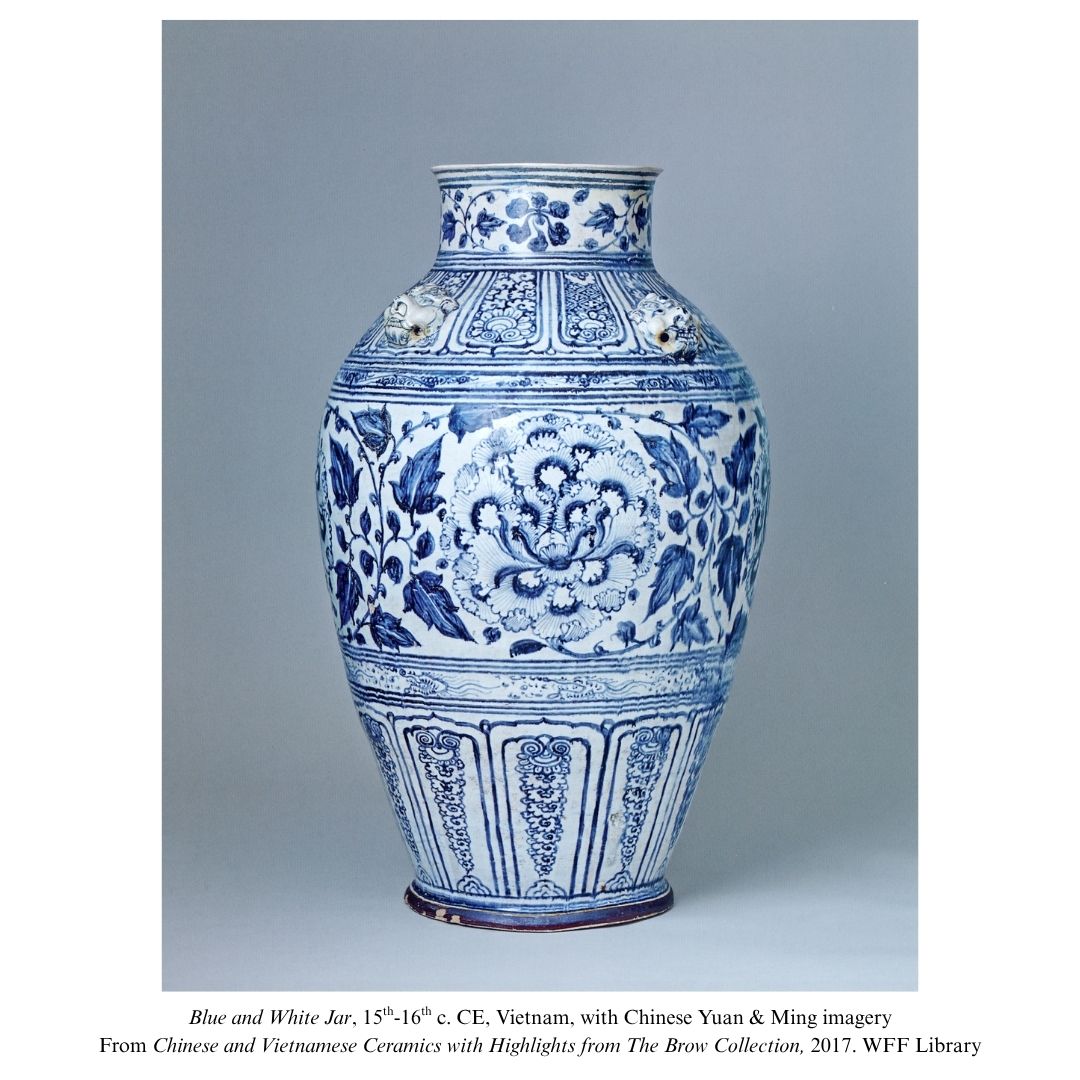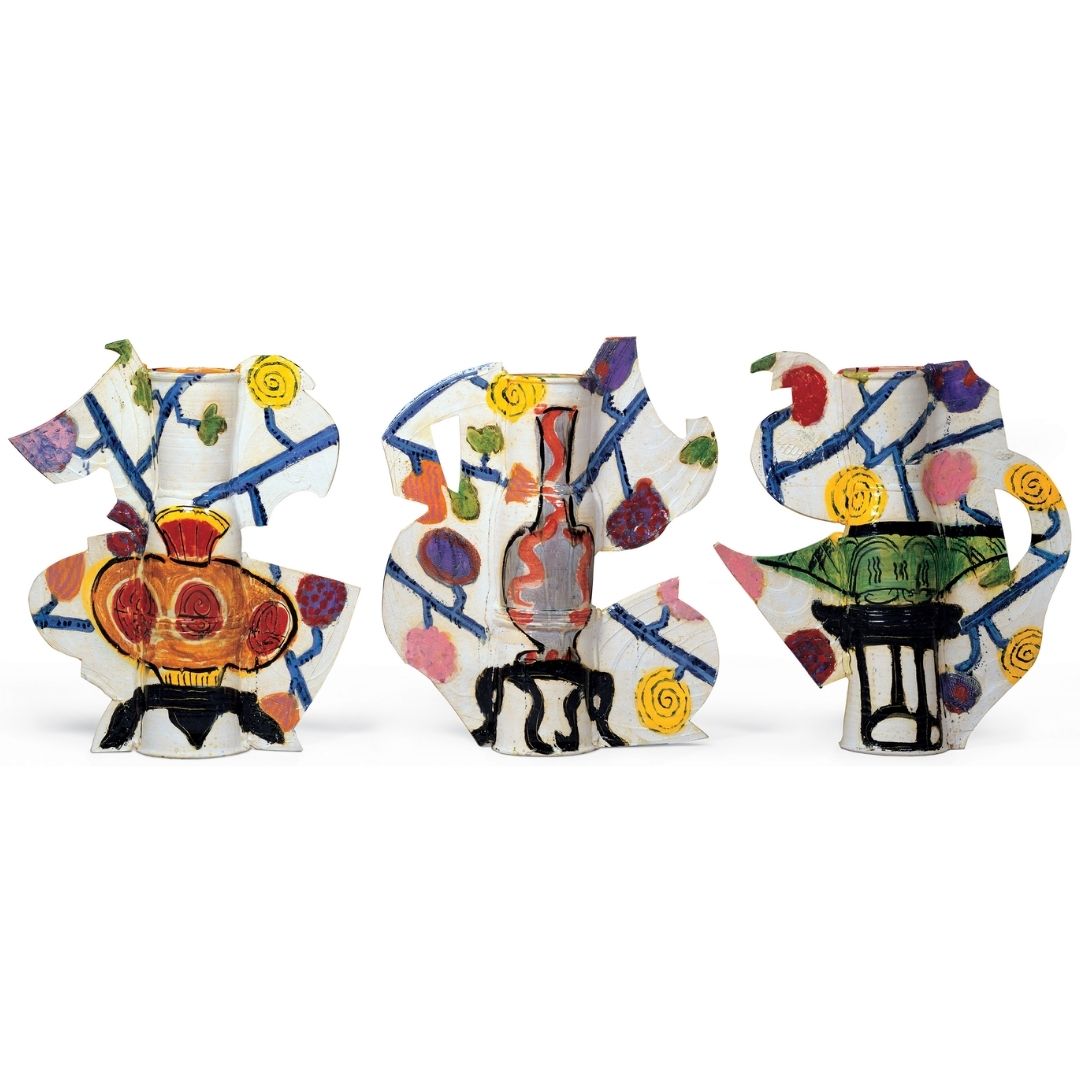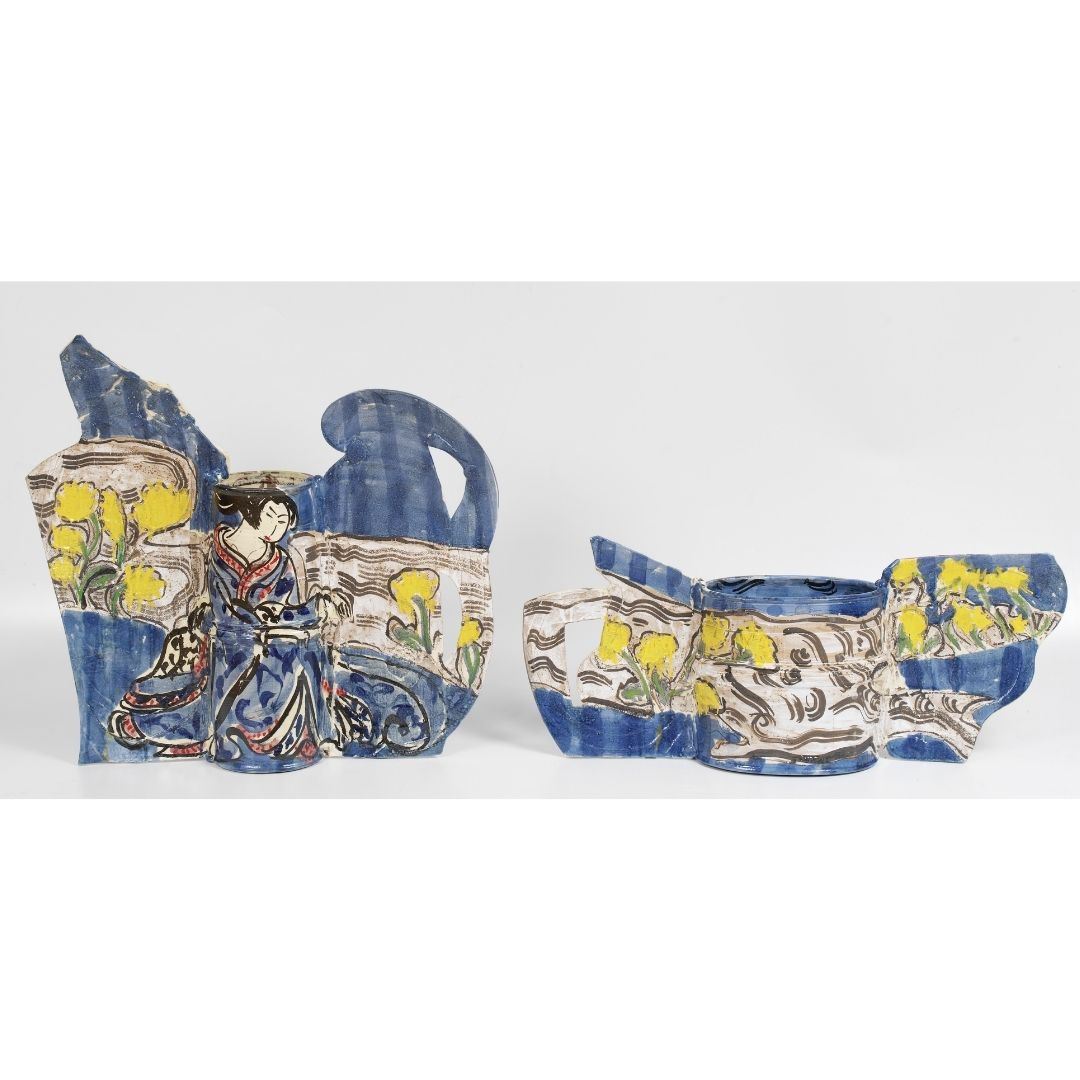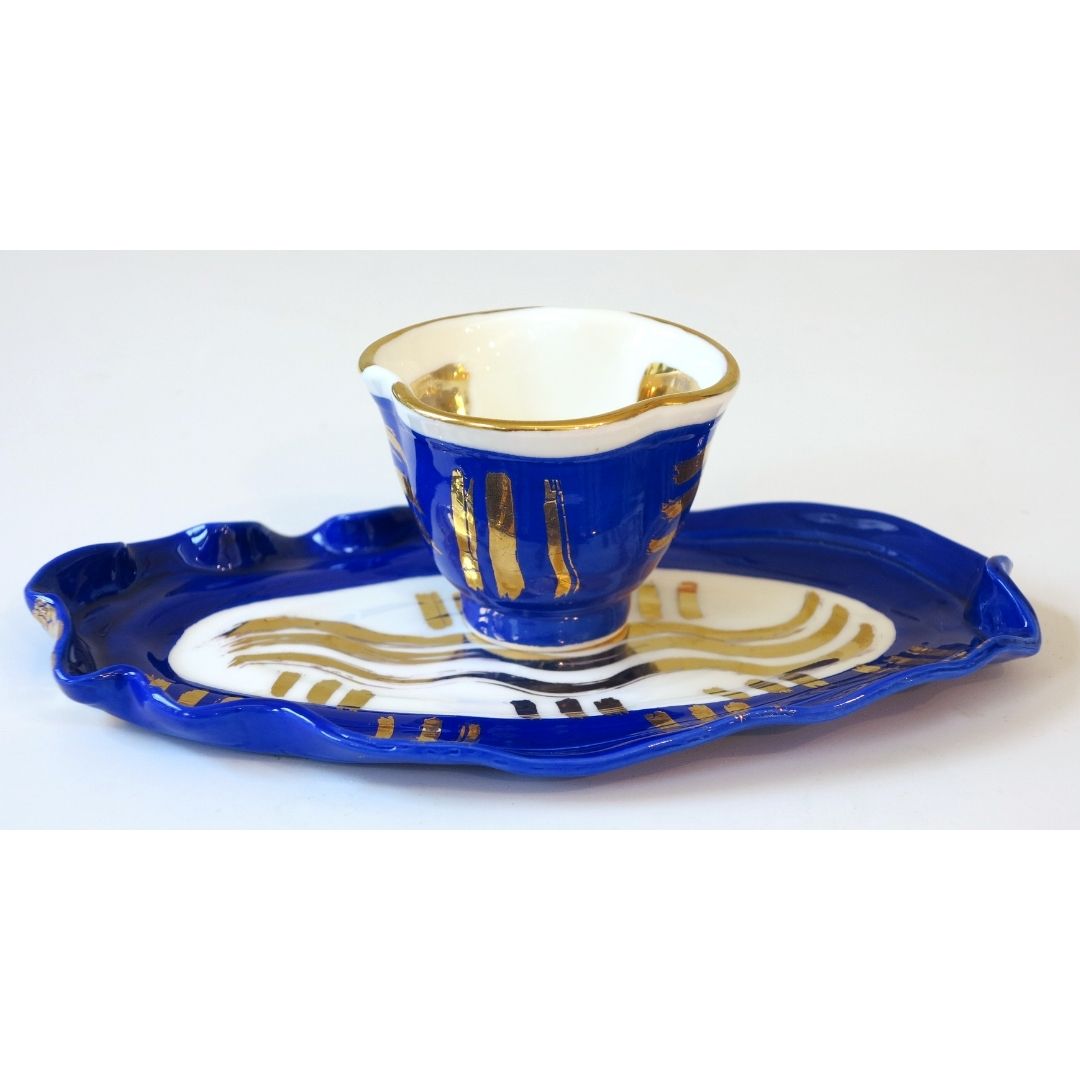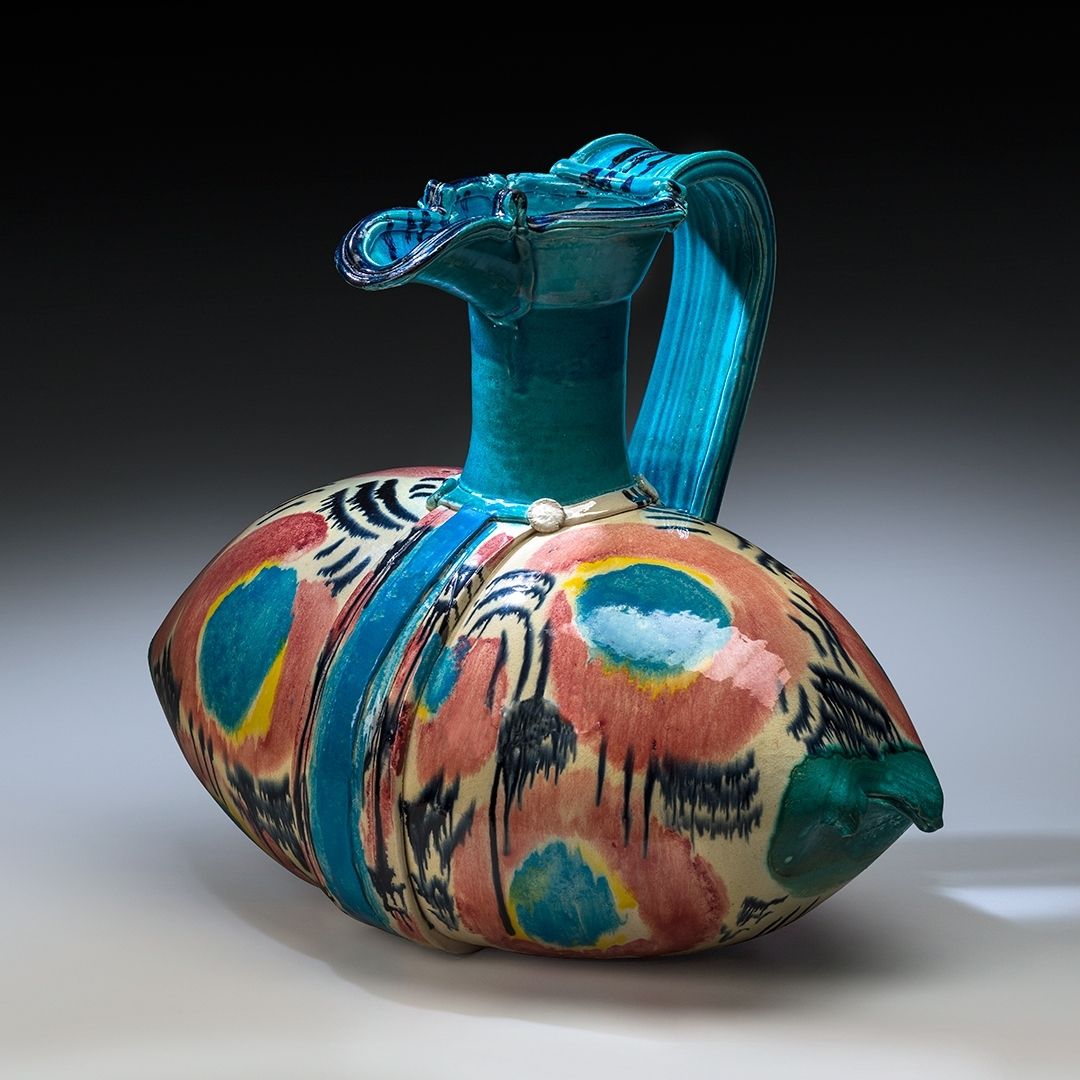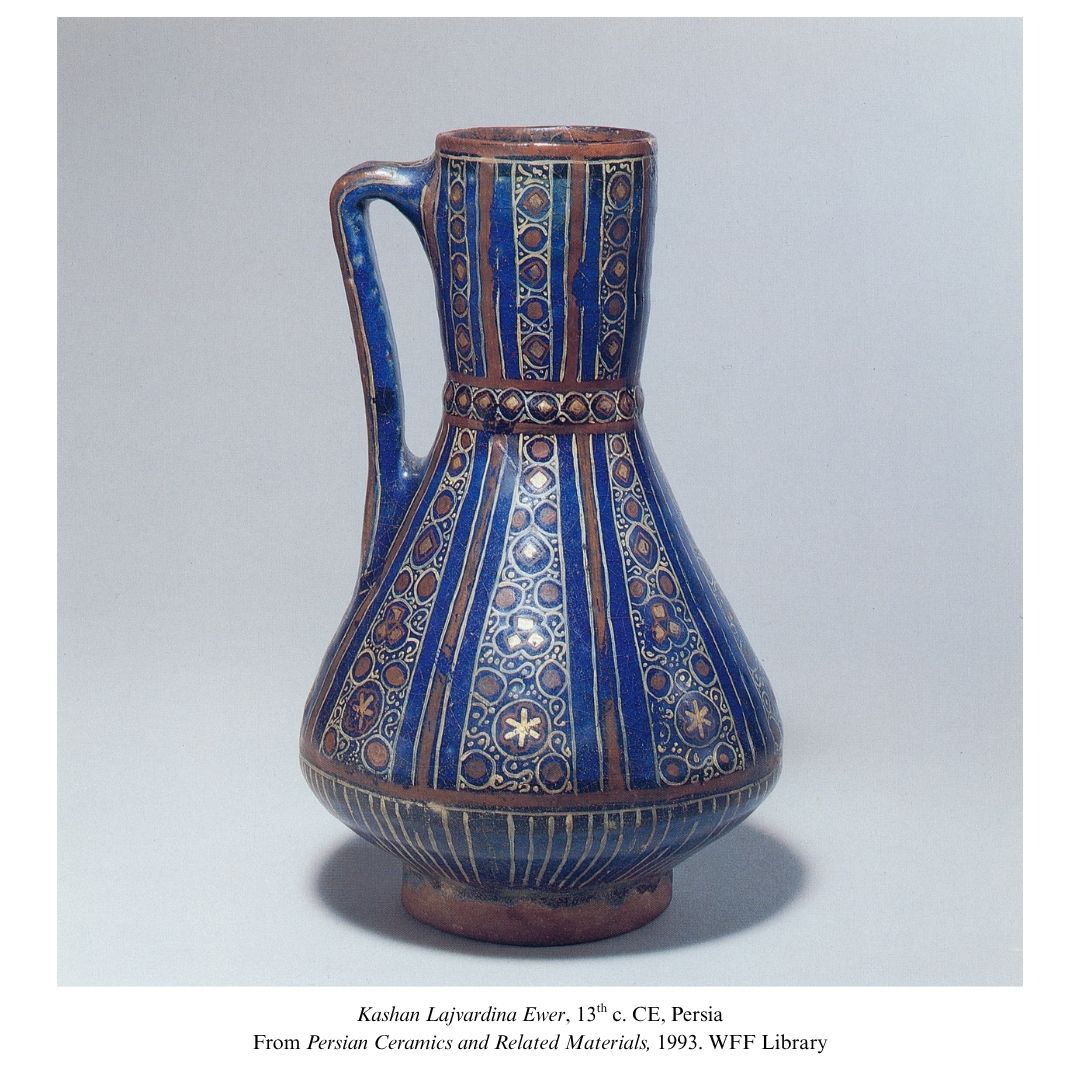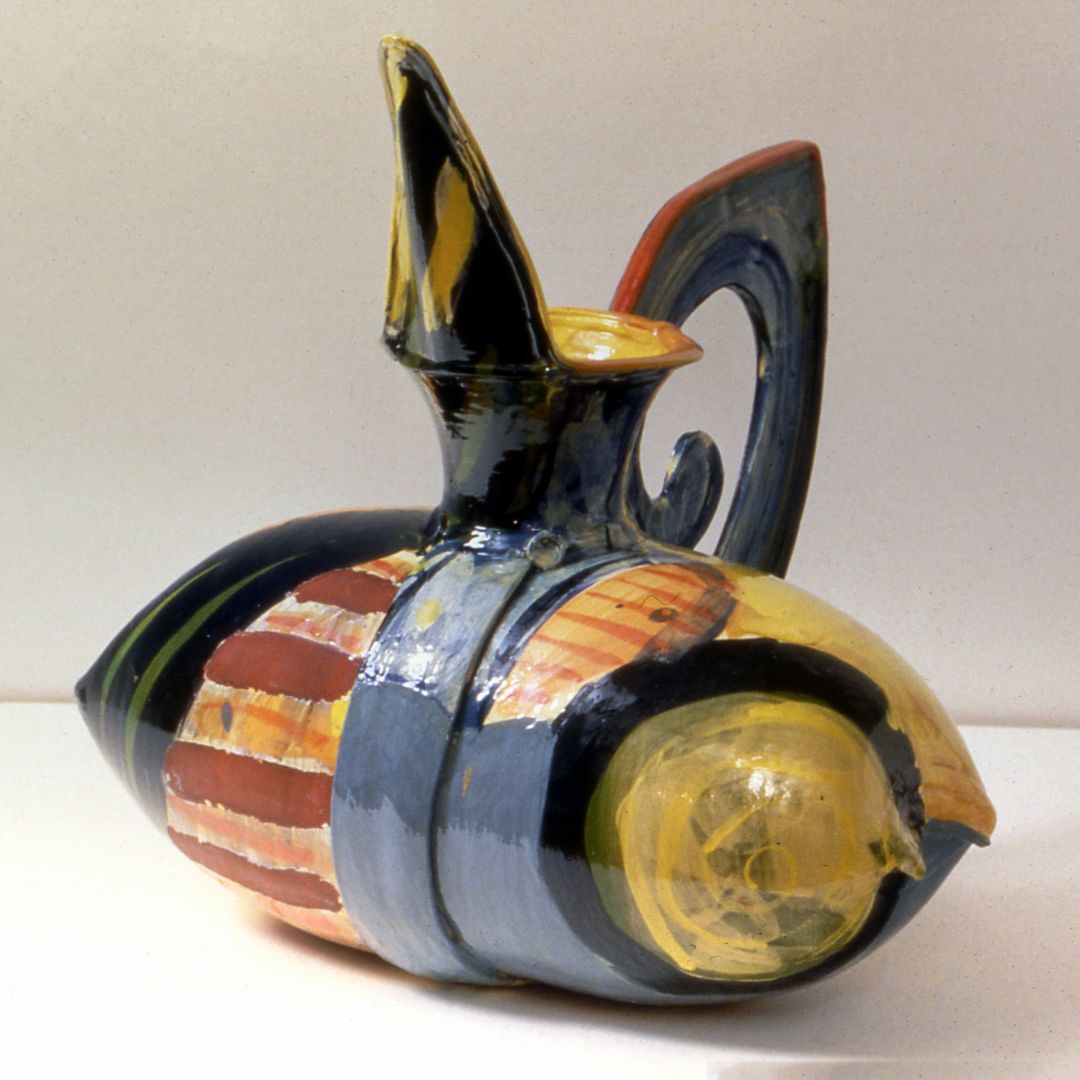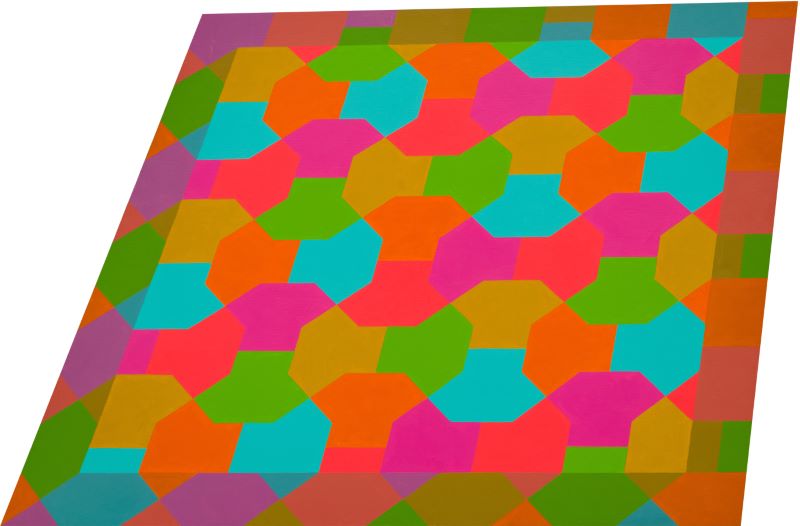Tags:
From the Archives
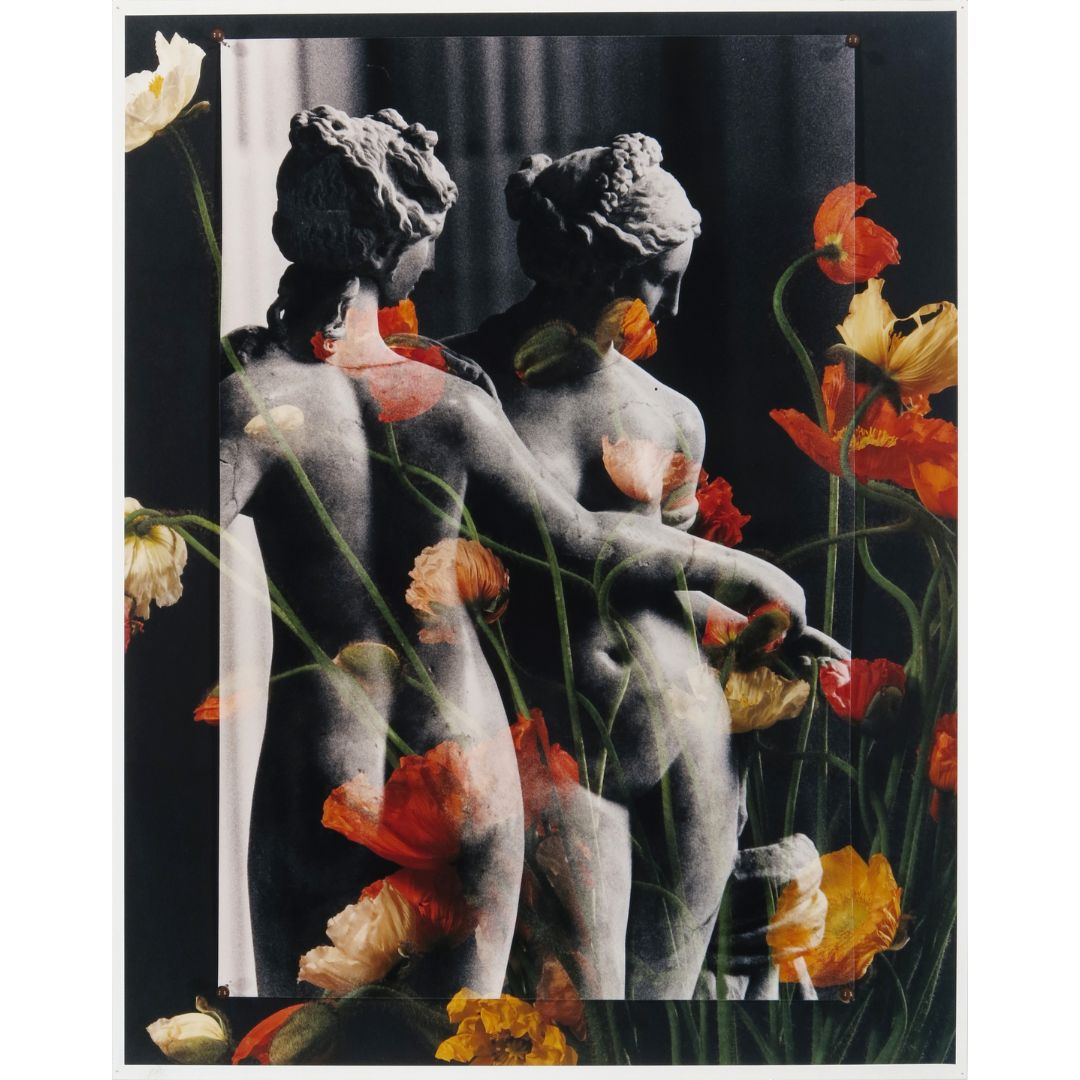
George Woodman’s writings offer rare insight into his artistic sensibilities and philosophy. A prolific commentator on both his own work and that of others, his 1986 review in the Village Voice of “Mrs. Delany’s Flower Collages” at the Pierpont Morgan Library (now Morgan Library and Museum) reveals much about his enduring preoccupations.
Read More.jpg)
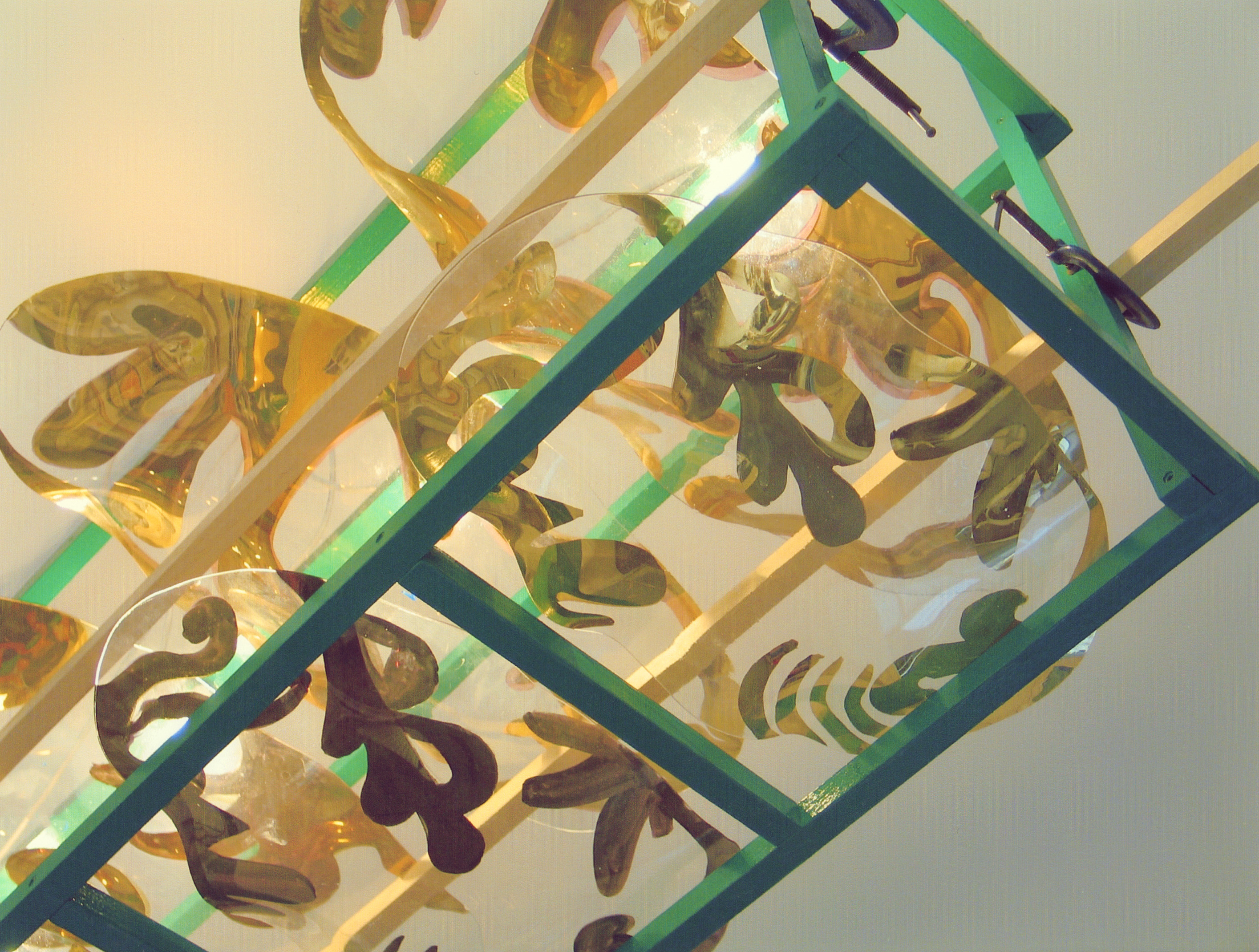
Betty Woodman's creative process was deeply informed by travel and she often returned home with ideas sparked by experiences working abroad, drawing inspiration from the techniques she encountered during residencies. An example of these influences is Woodman’s pursuit of the radiant gold that appears throughout her work.
Read MoreTireless advocate and patron saint of art and social justice. Devoted friend and supporter to so many artists, curators, and institutions, including Betty Woodman and George Woodman and many of our Board members. Equity-focused creator of Studio in a School and the Studio Institute, whose summer interns we've been fortunate to host for many years.
Read More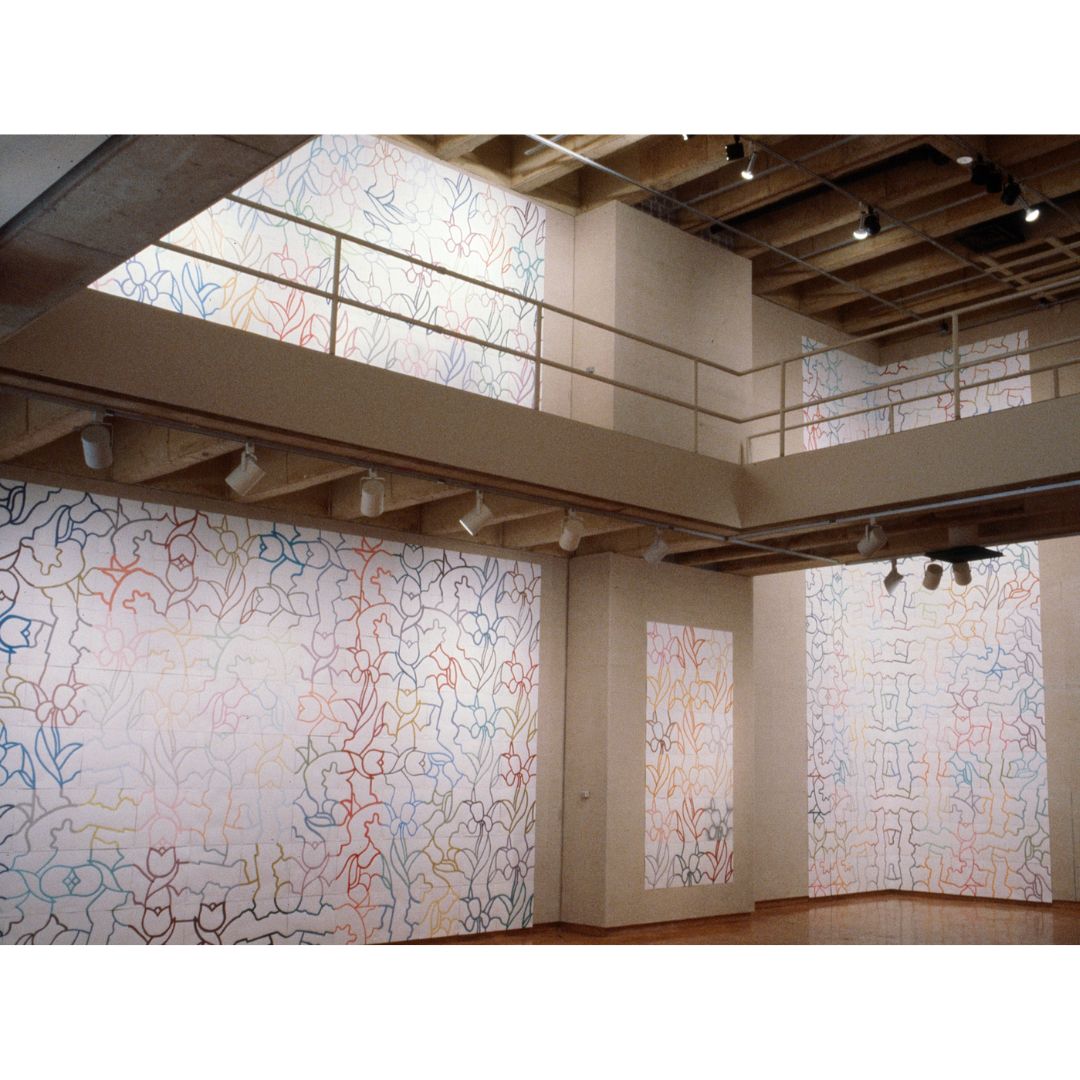
Matisse’s influence on the Woodman family is evident not only in the joie de vivre and cut-out forms of Betty Woodman’s ceramic sculptures, but also in the architectural sensibilities that inform both her and George Woodman’s work. George’s site-specific paper tile installations, in particular, invite comparison to Matisse’s Chapelle du Rosaire—not through direct lineage, but through a shared devotion to formal clarity, and the transformative potential of scale and repetition.
Read More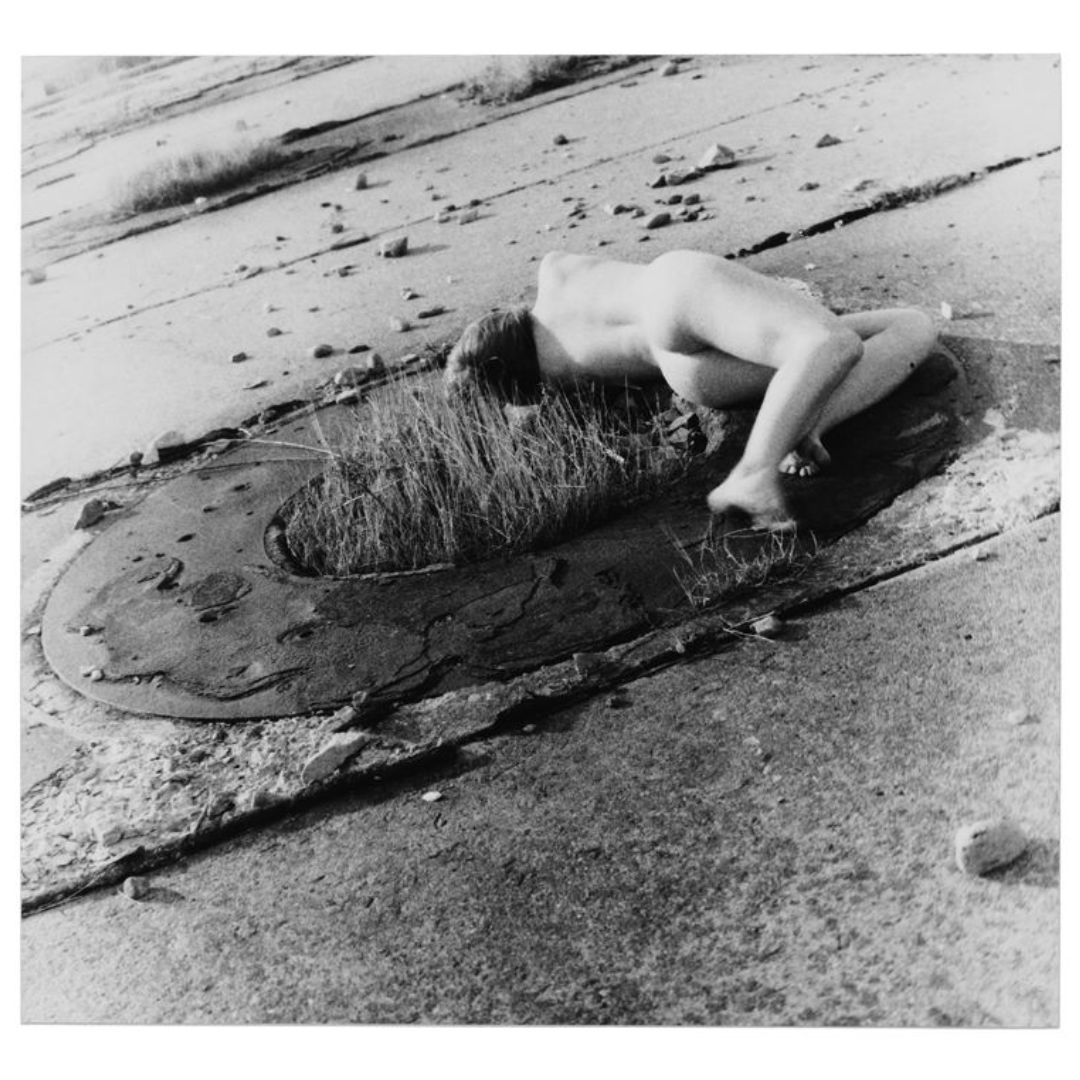
Betty Woodman, Francesca Woodman, and George Woodman also succumbed to the lure of beaches and seashores in their work, each artist reimagining the beachscape with a distinct sensibility and overlapping visual languages.
Read More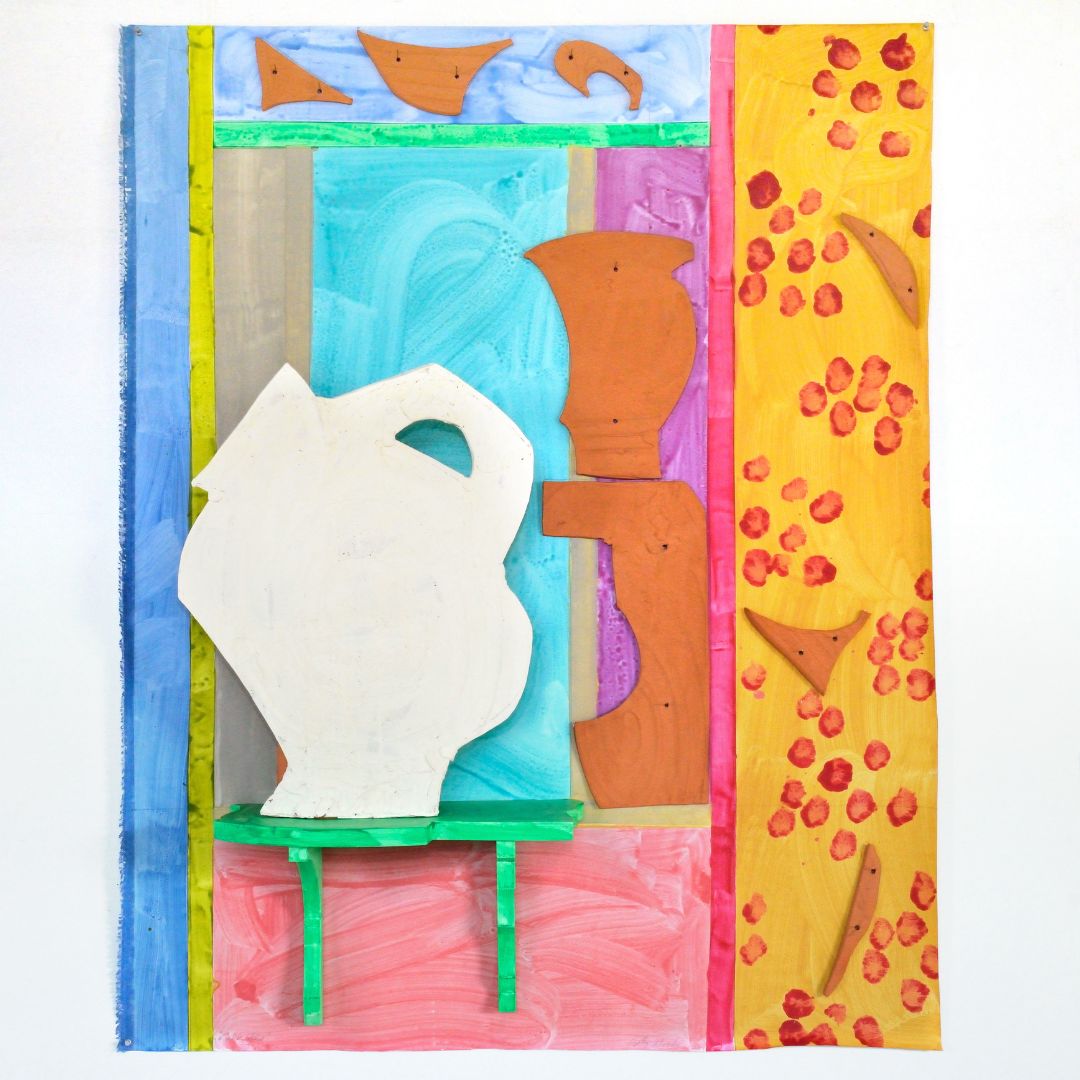
This summer, take in the fluid beauty of water as seen through the eyes of Betty Woodman, George Woodman, and Francesca Woodman.
Read More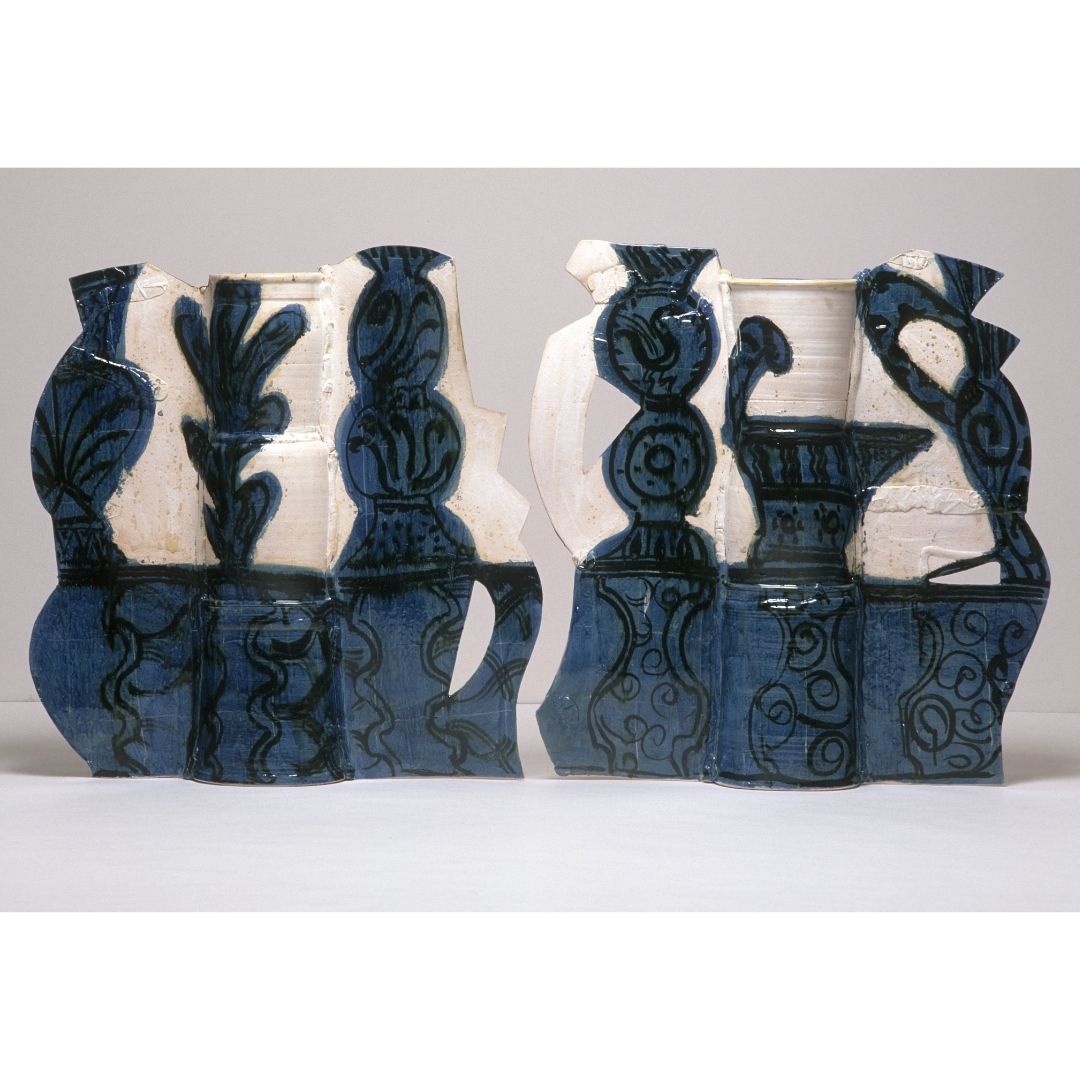
Betty Woodman is known for her exuberant body of work, which is often bathed in vivid hues of yellow, fuchsia, red, and orange. Yet in the December 2006 issue of The Studio Potter devoted solely to color, she confessed—“without a moment’s hesitation”—that blue was her favorite.
Read More
In 2012, Betty Woodman was commissioned to create an artwork for the Christopher S. Bond courthouse in Jefferson City, Missouri, through the General Services Administration’s Art in Architecture program.
Read More
By 1977, George Woodman’s tessellation paintings became non-periodic or aperiodic, consisting of a set of shapes which tiled the canvas but did not necessarily repeat.
Read More
By the mid-70s, George Woodman’s singular approach to pattern painting—as harmony between color and form—was well established and recognized among artists and critics alike. Woodman’s canvases were part of the larger zeitgeist around pattern in the art of this period.
Read More
George Woodman’s tessellated pattern paintings built upon observations made in the three-dimensional realm of architecture, specifically in the tiled surfaces that covered walls and floors as they emerged from and receded into space.
Read More
Tessellations are a type of pattern in which one or more geometric shapes are repeated—and often rotated and reflected—to seamlessly cover a surface. In George Woodman’s case, that surface was a canvas.
Read More


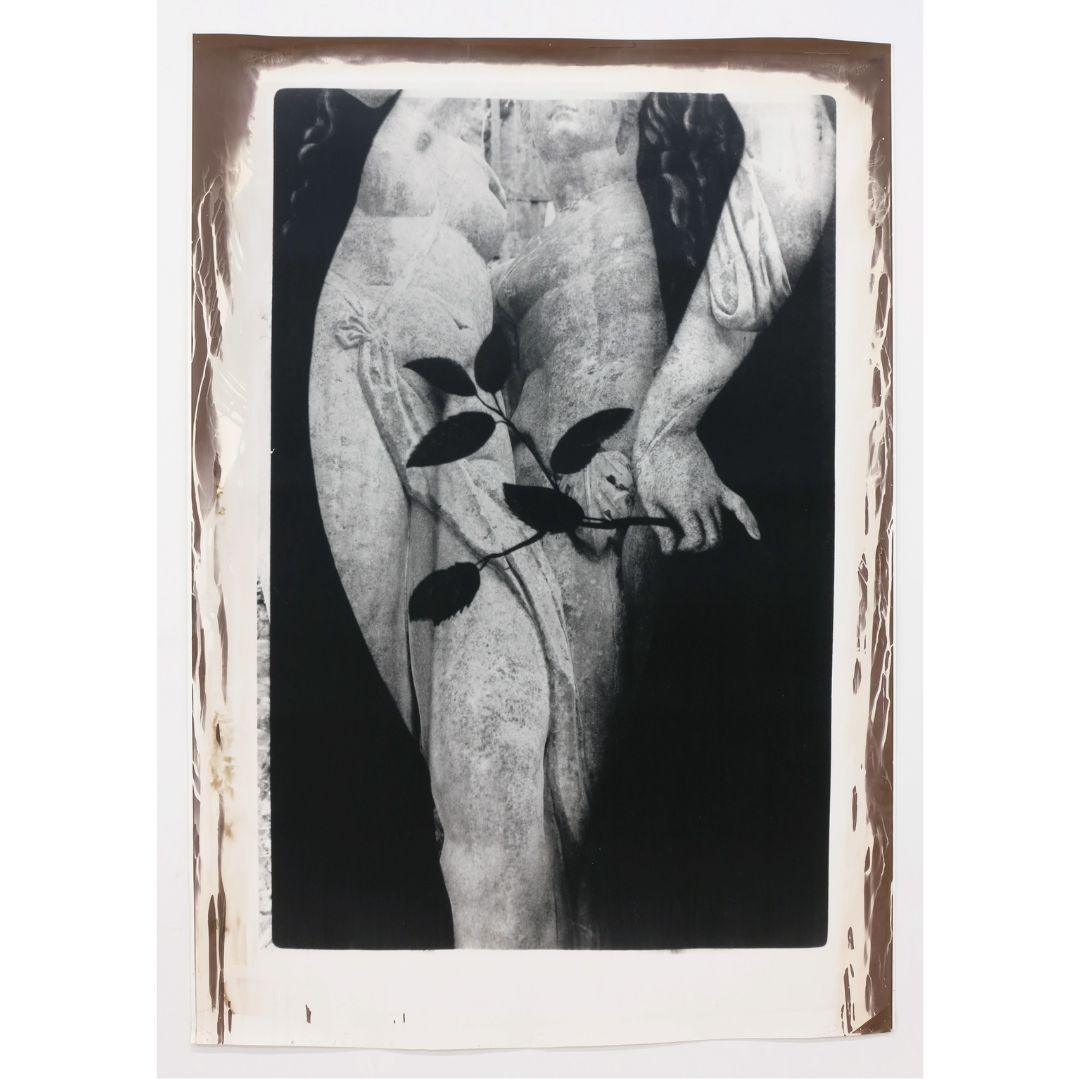
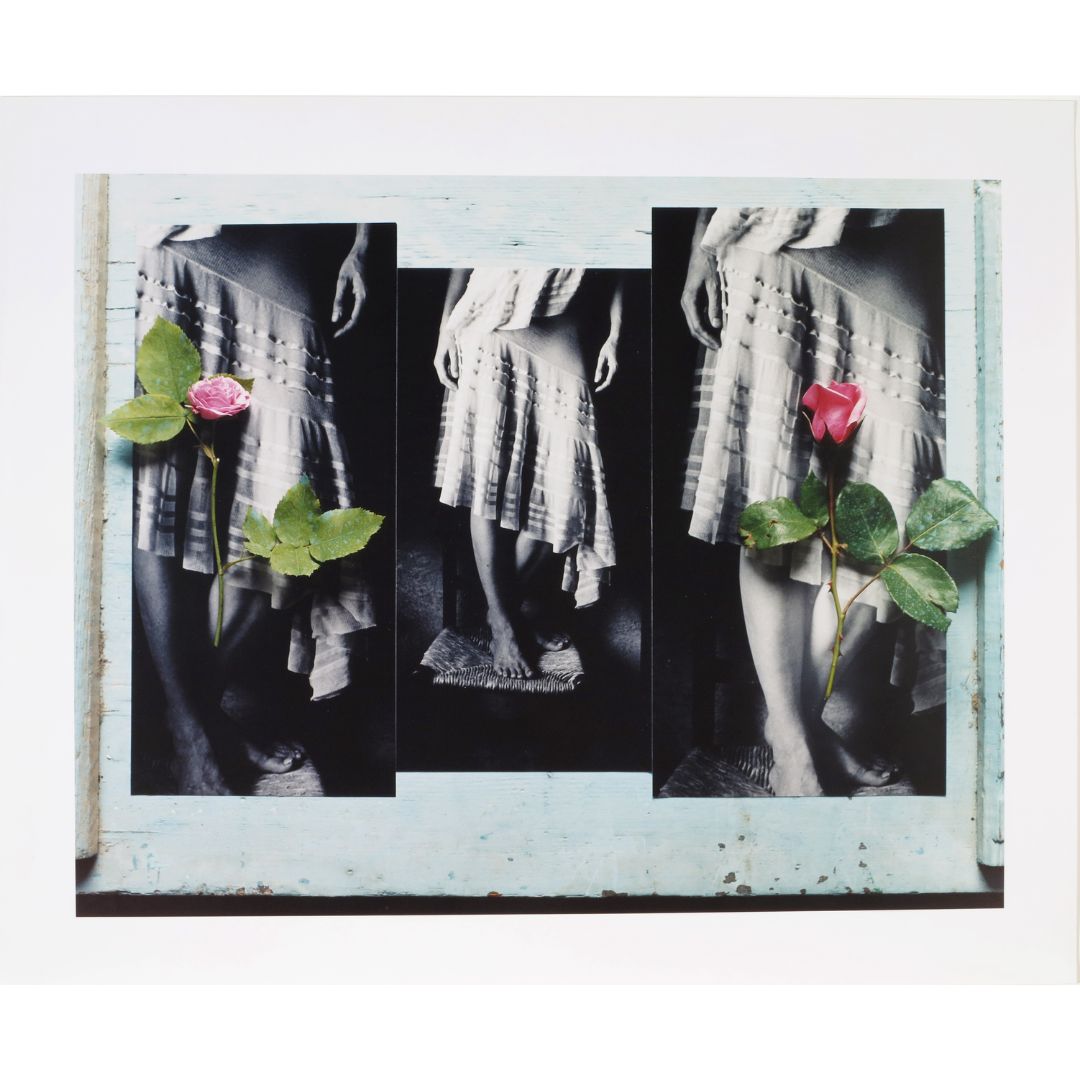



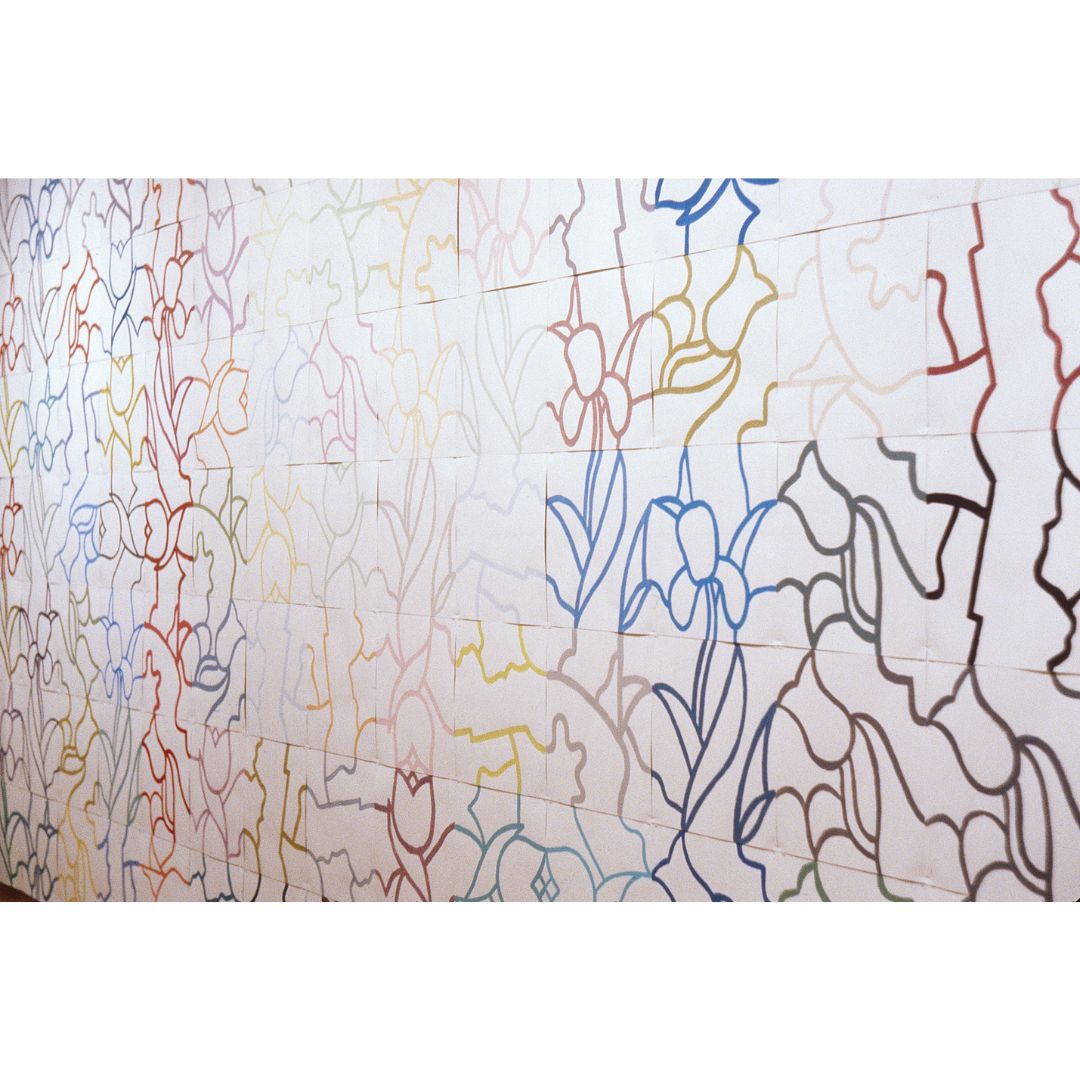


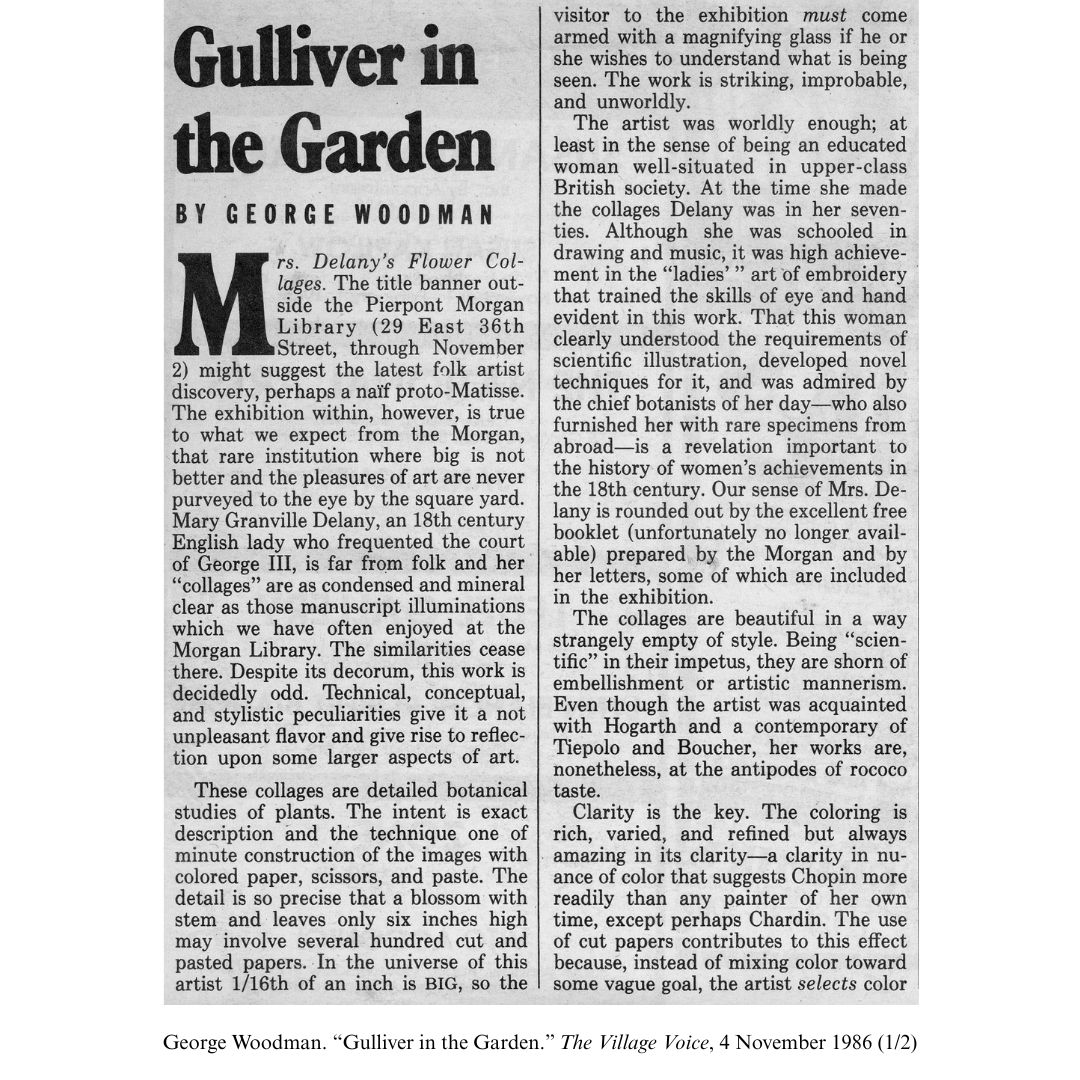
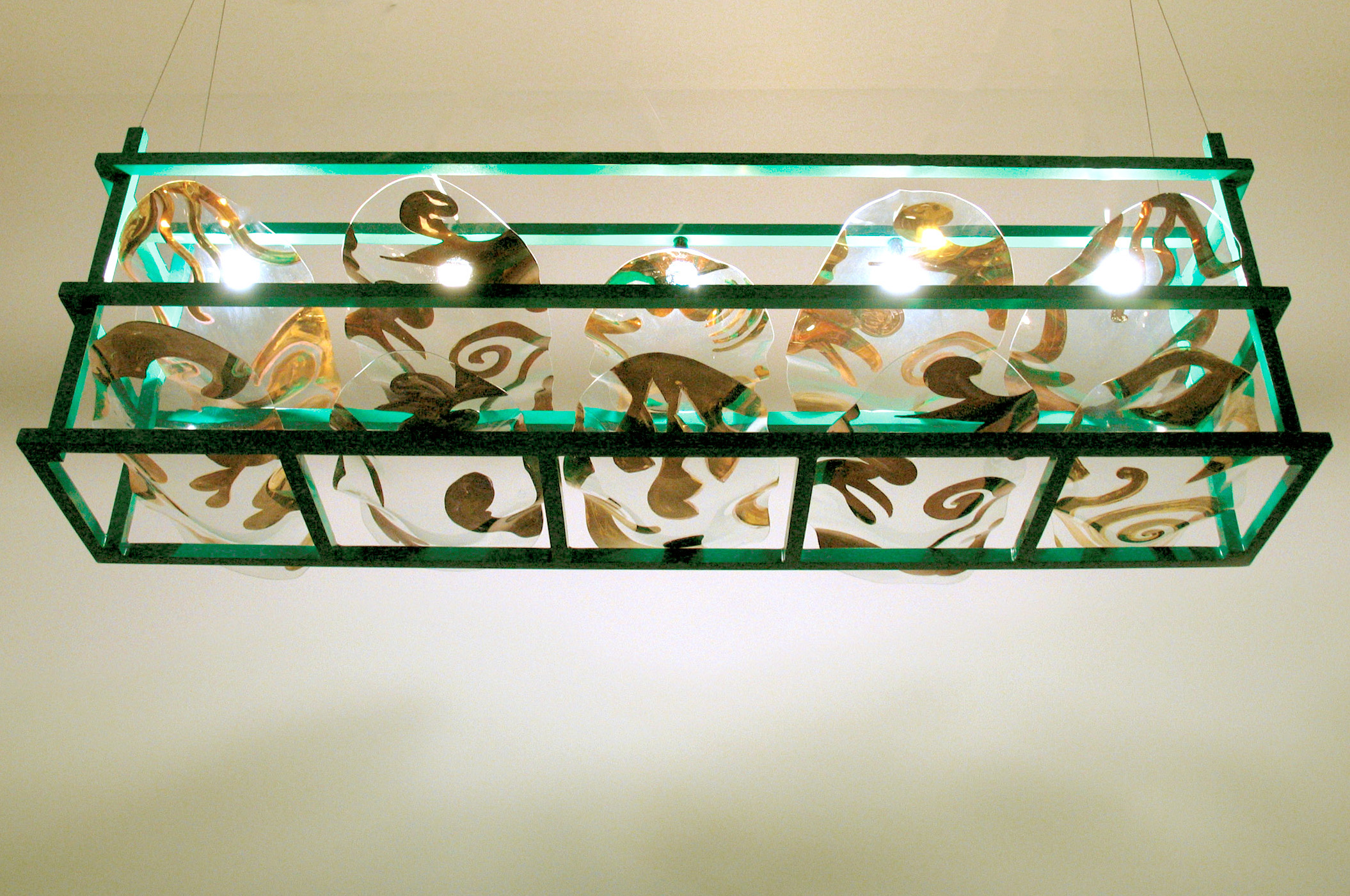
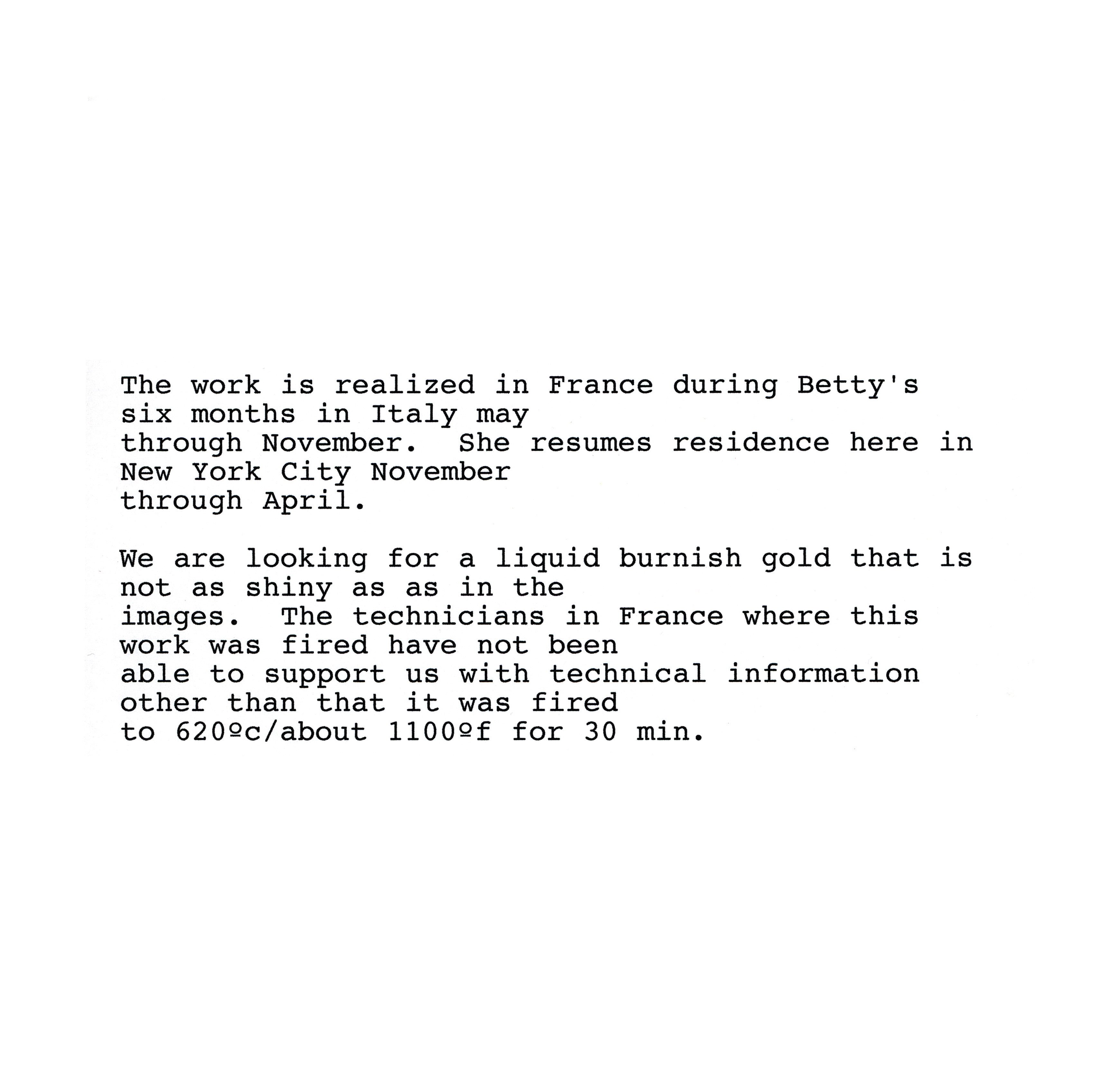

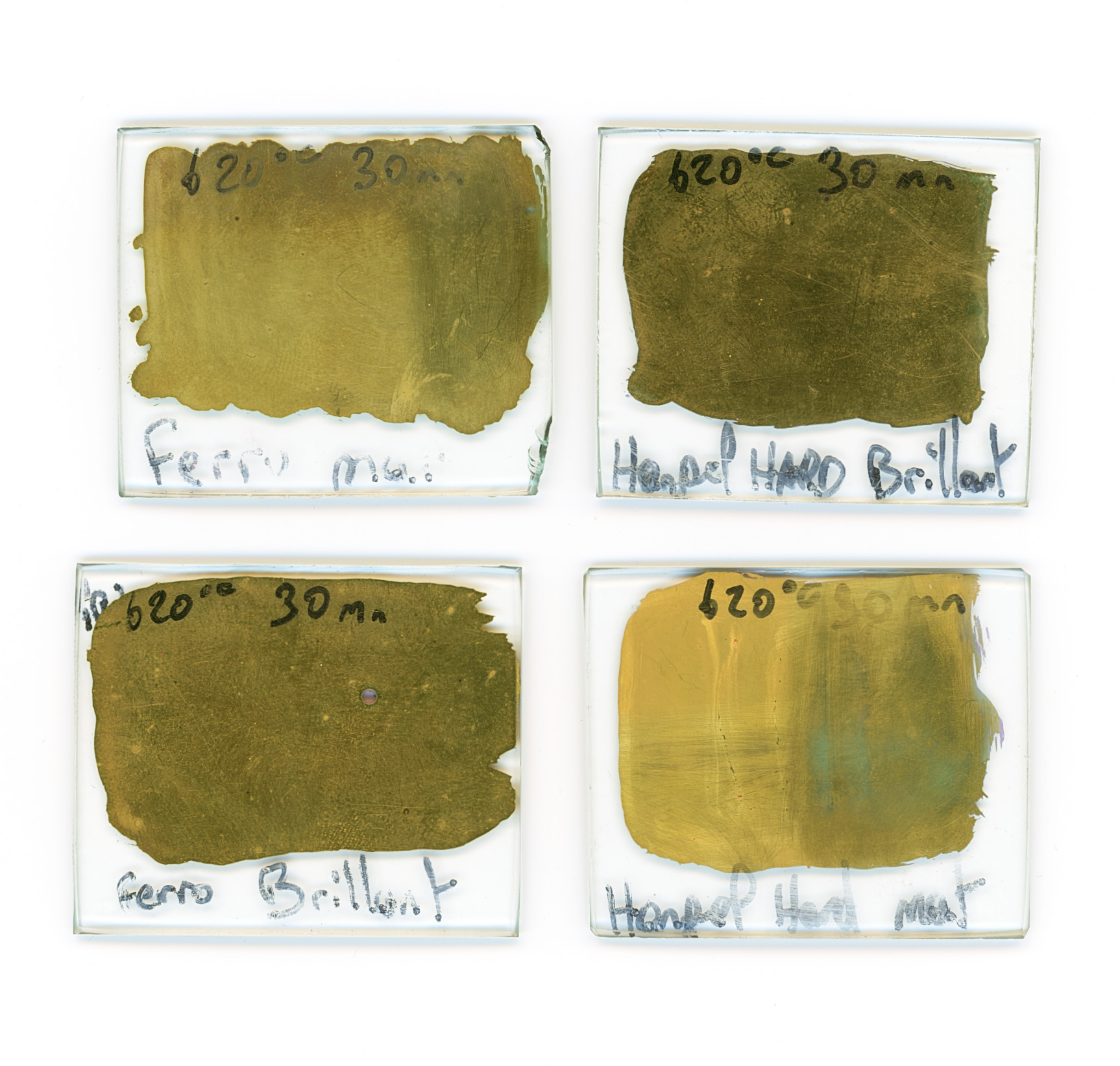
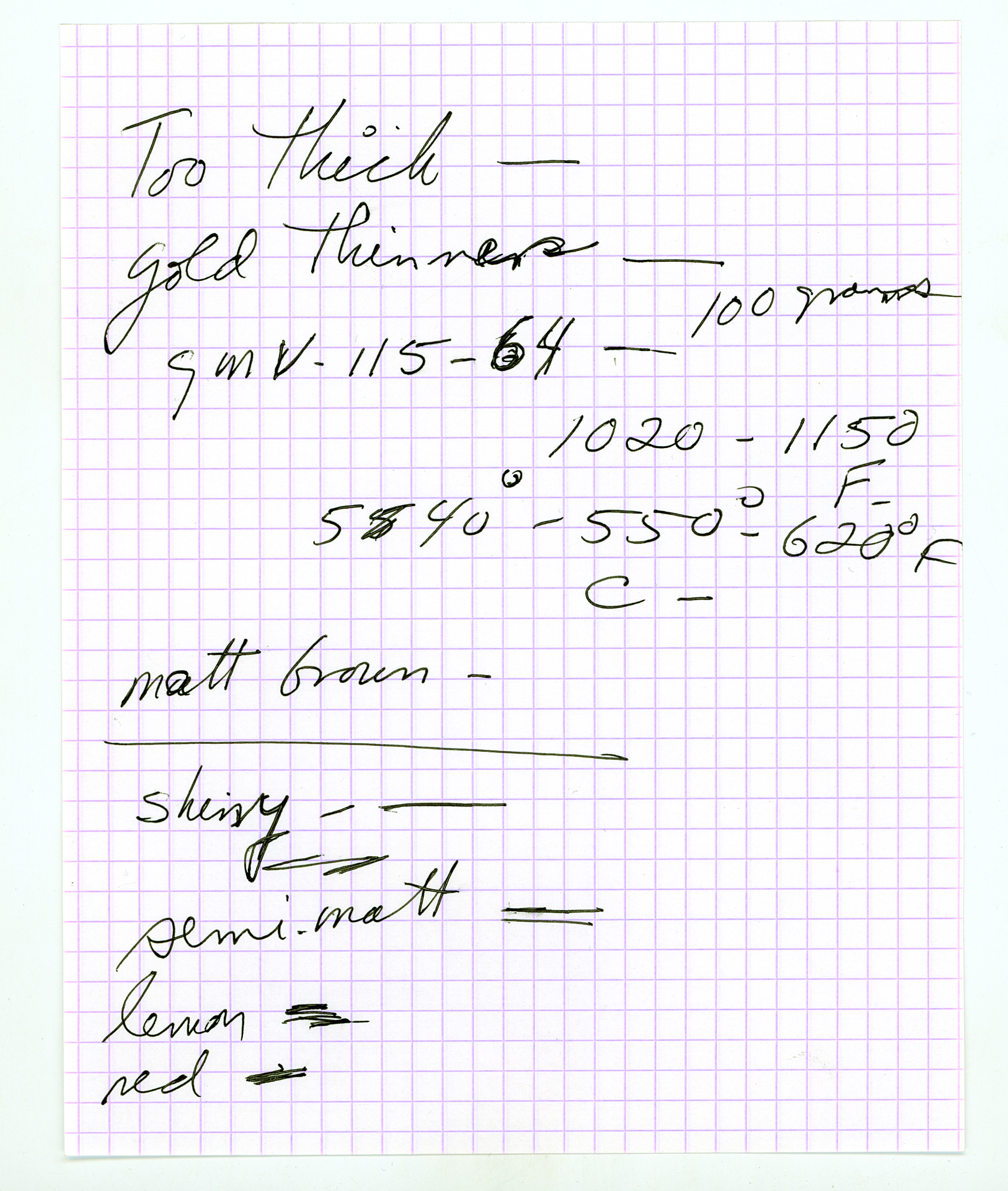

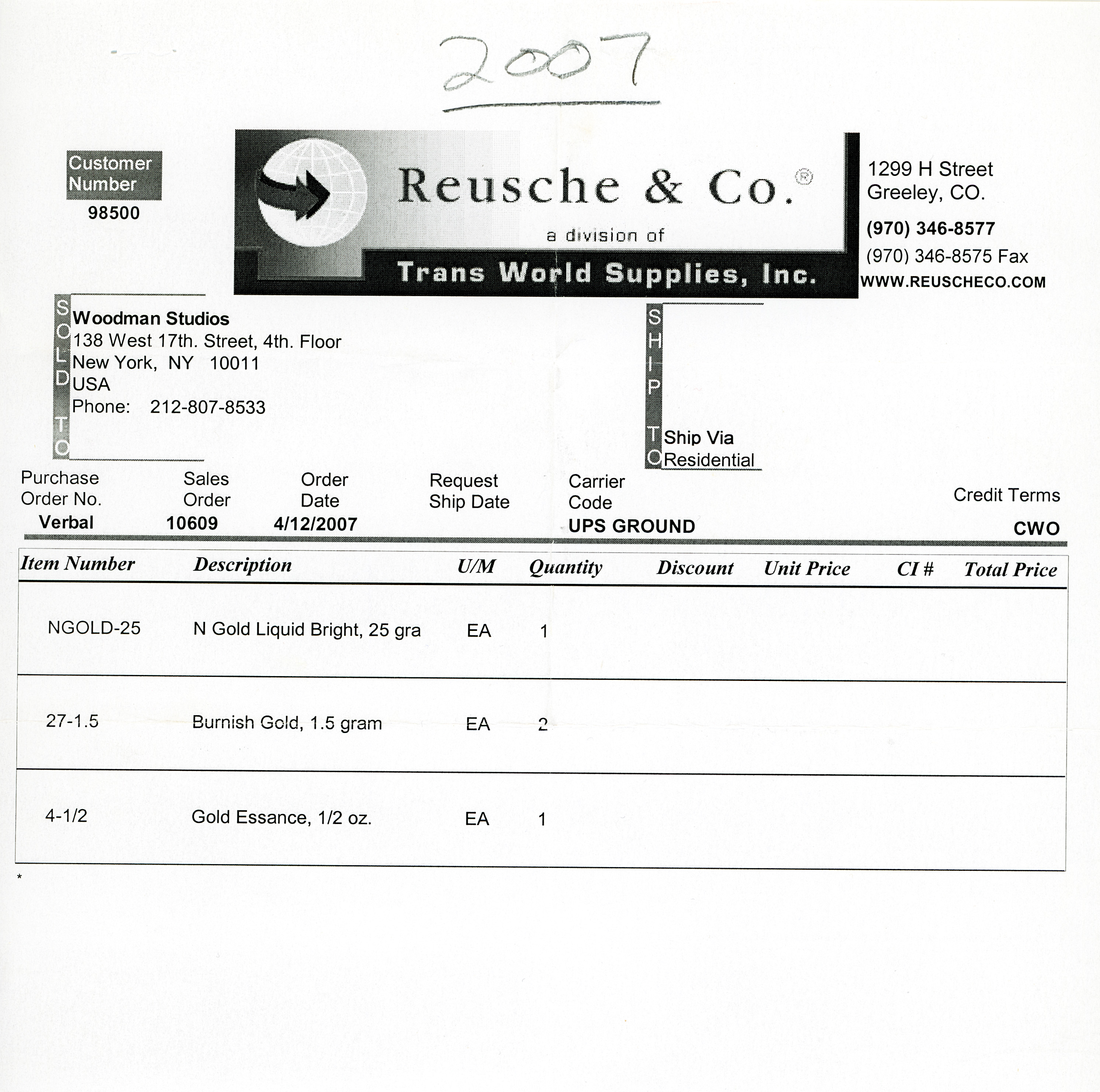
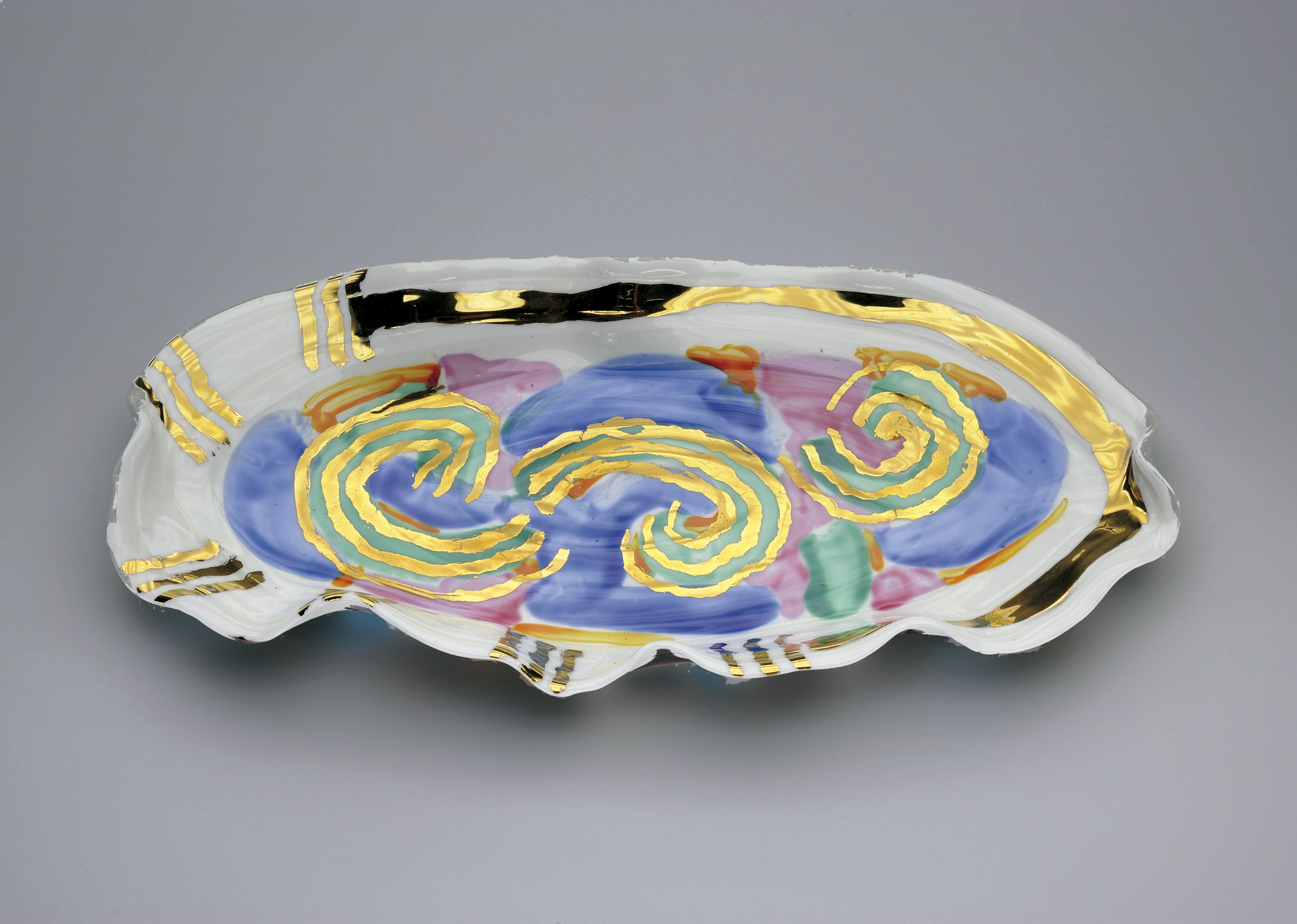
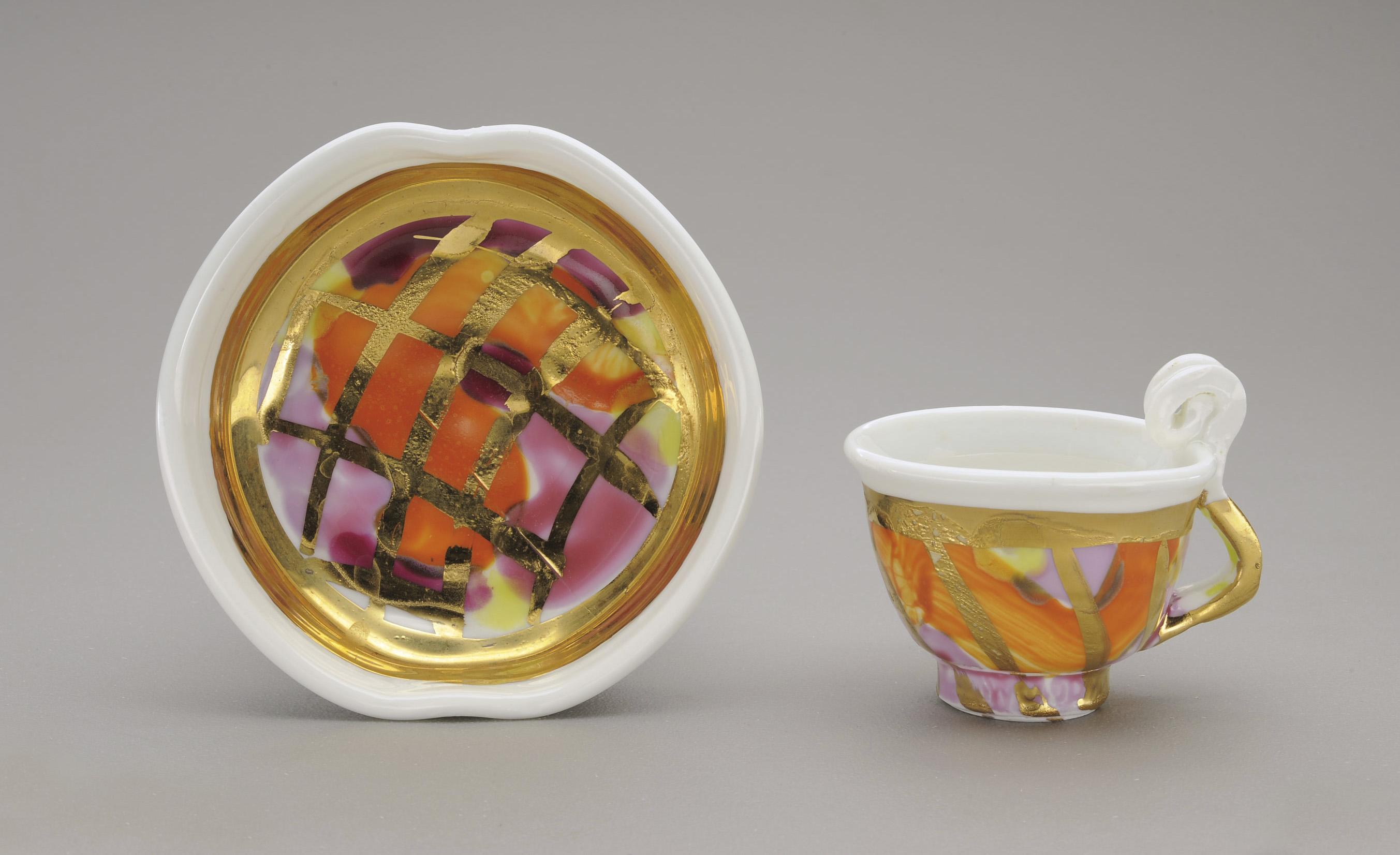
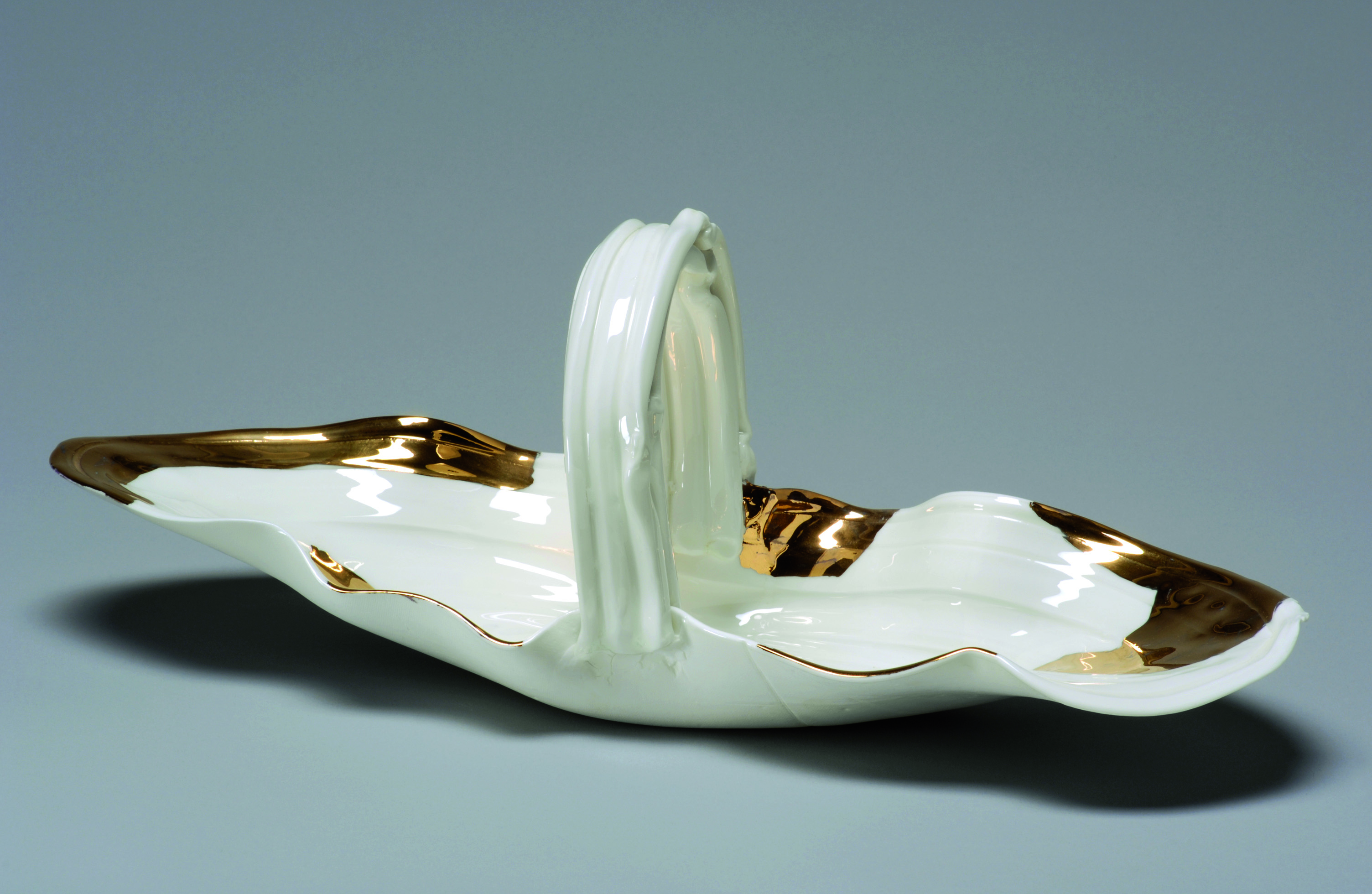

.jpg)
.jpg)
